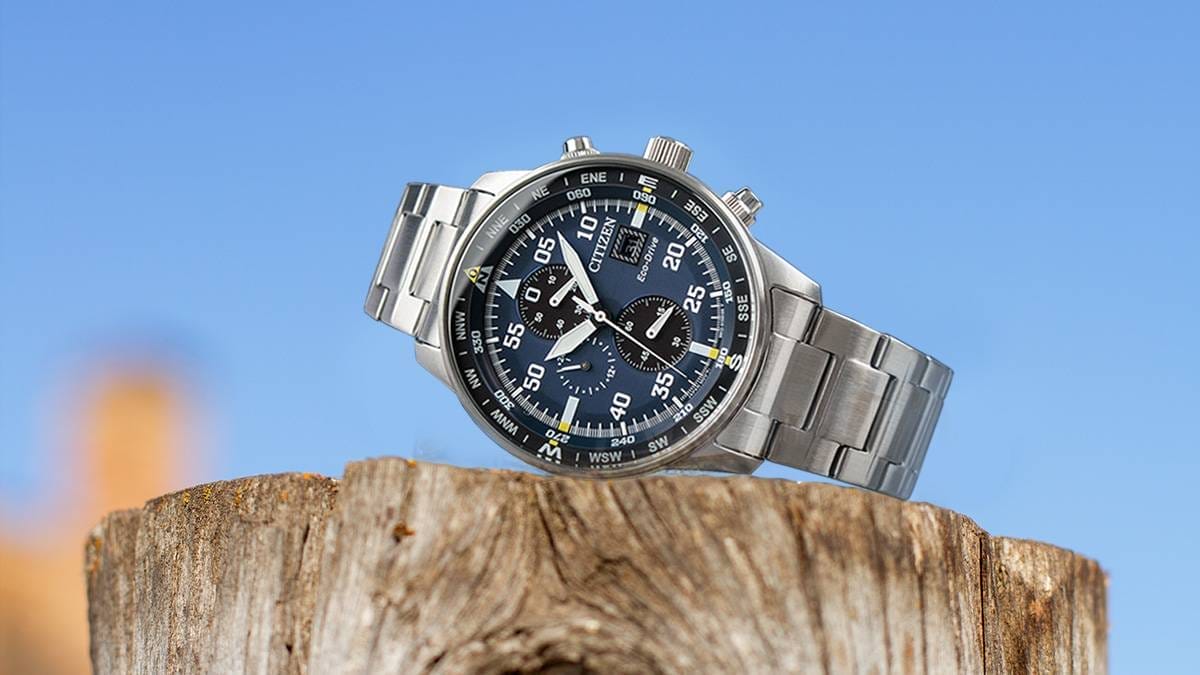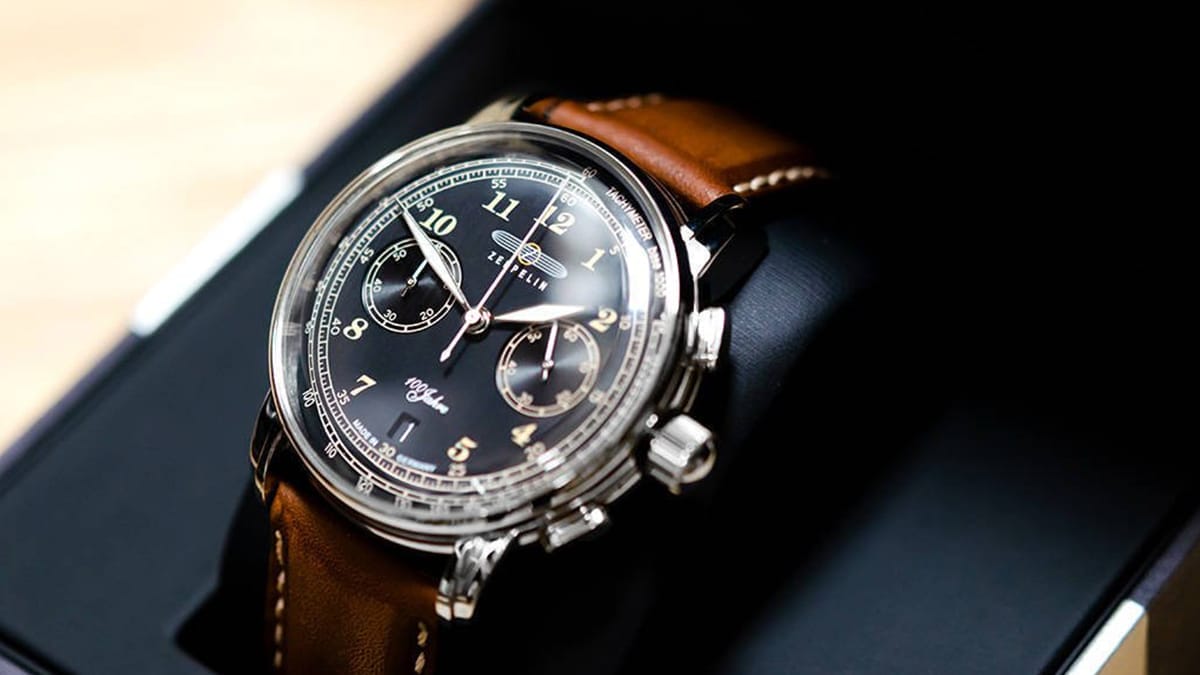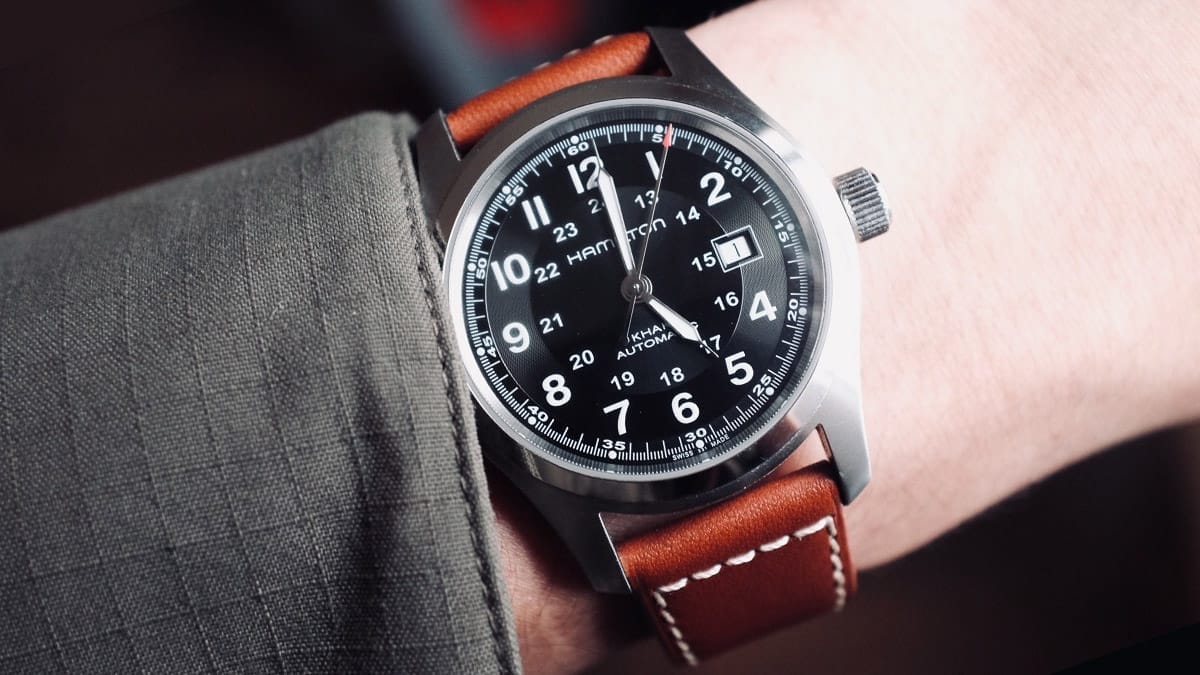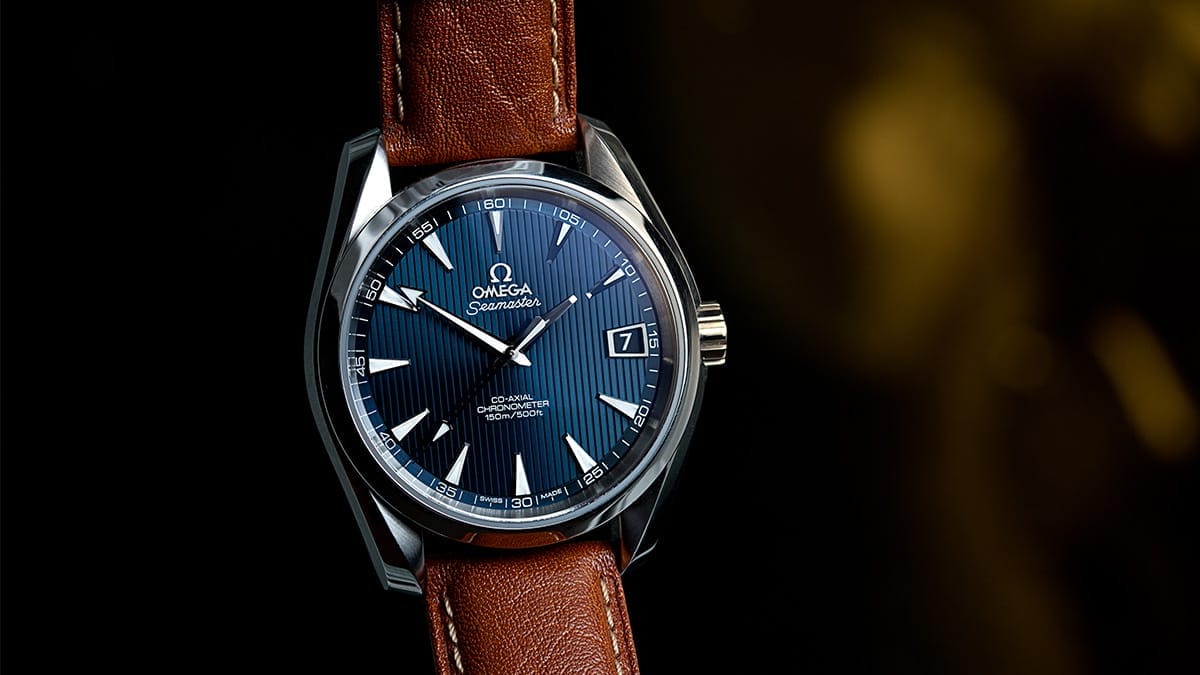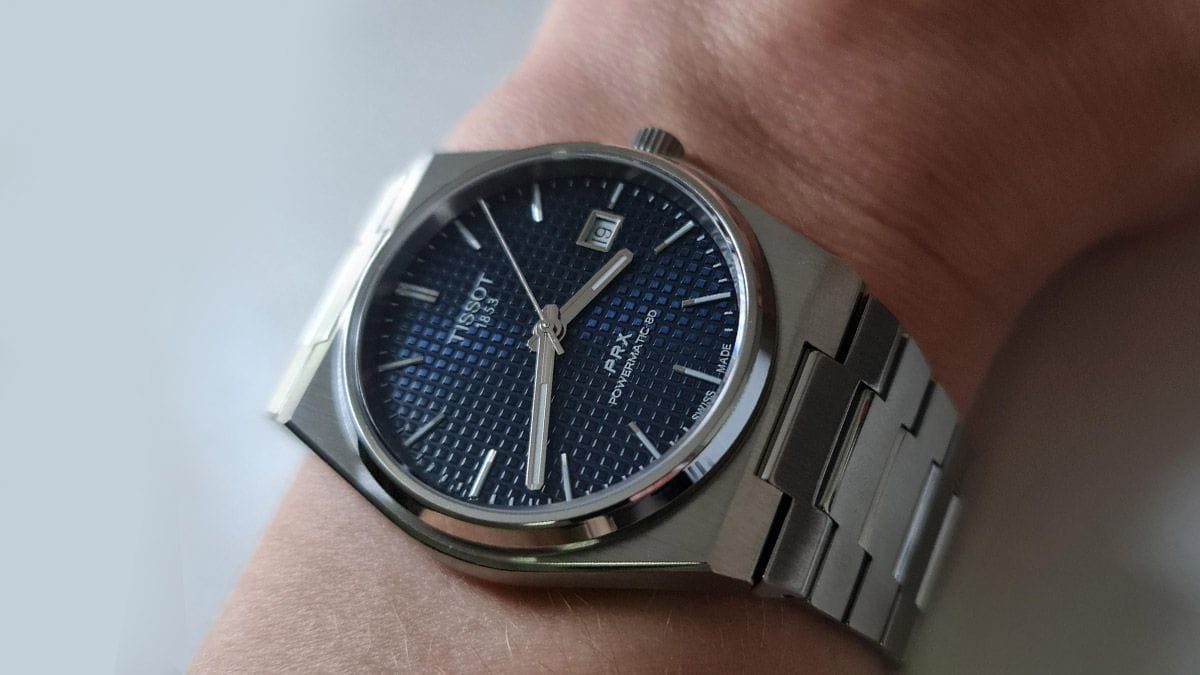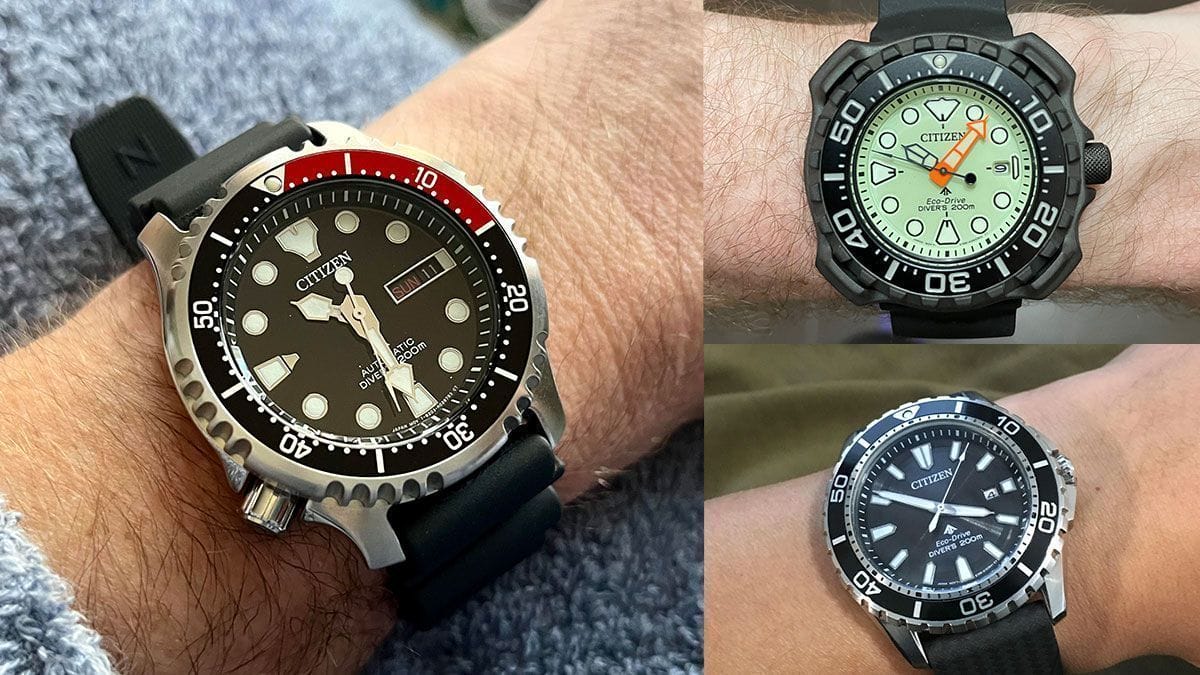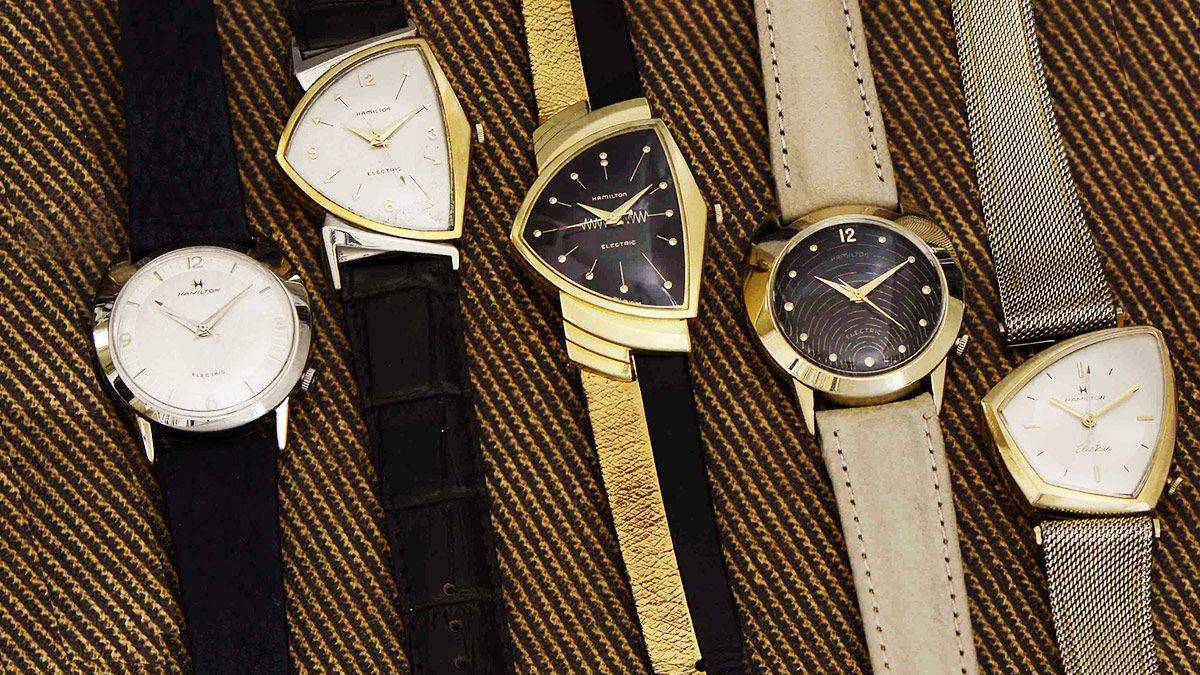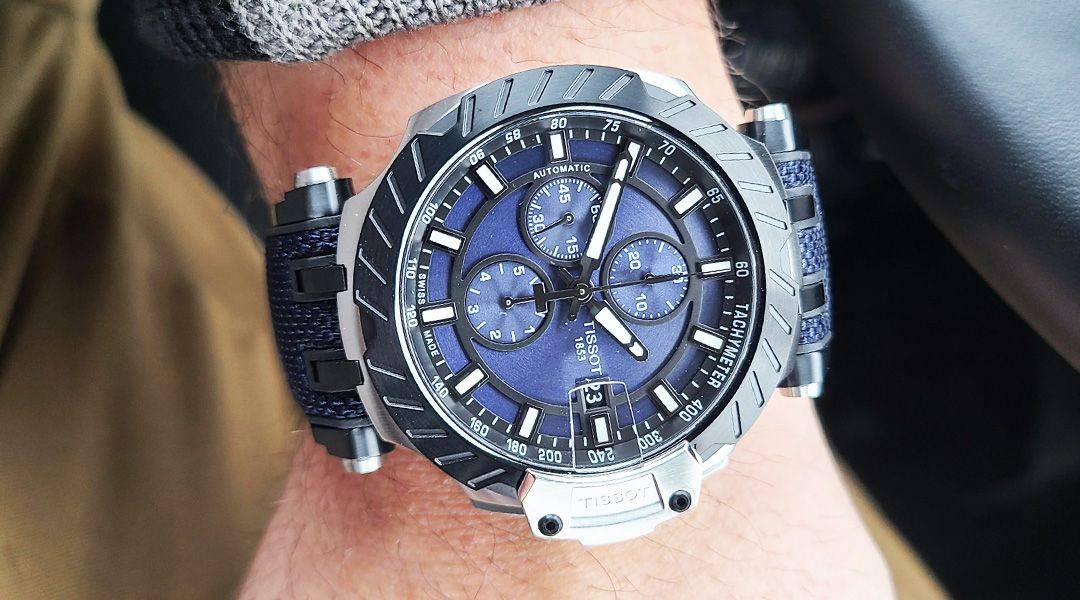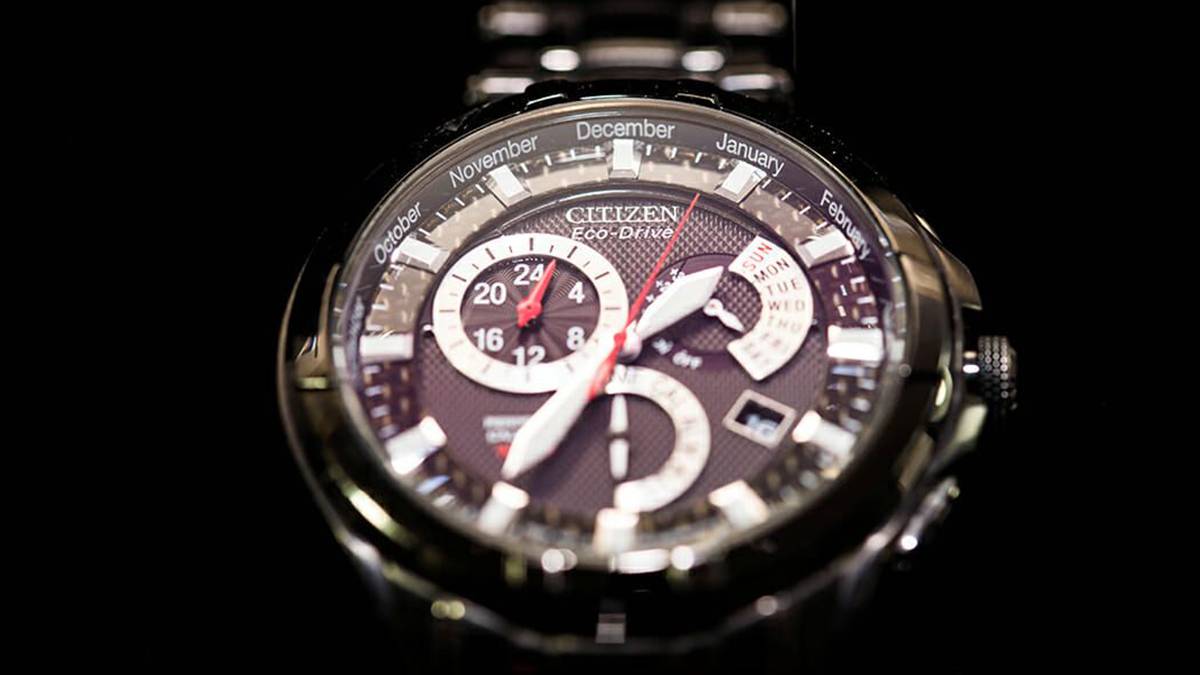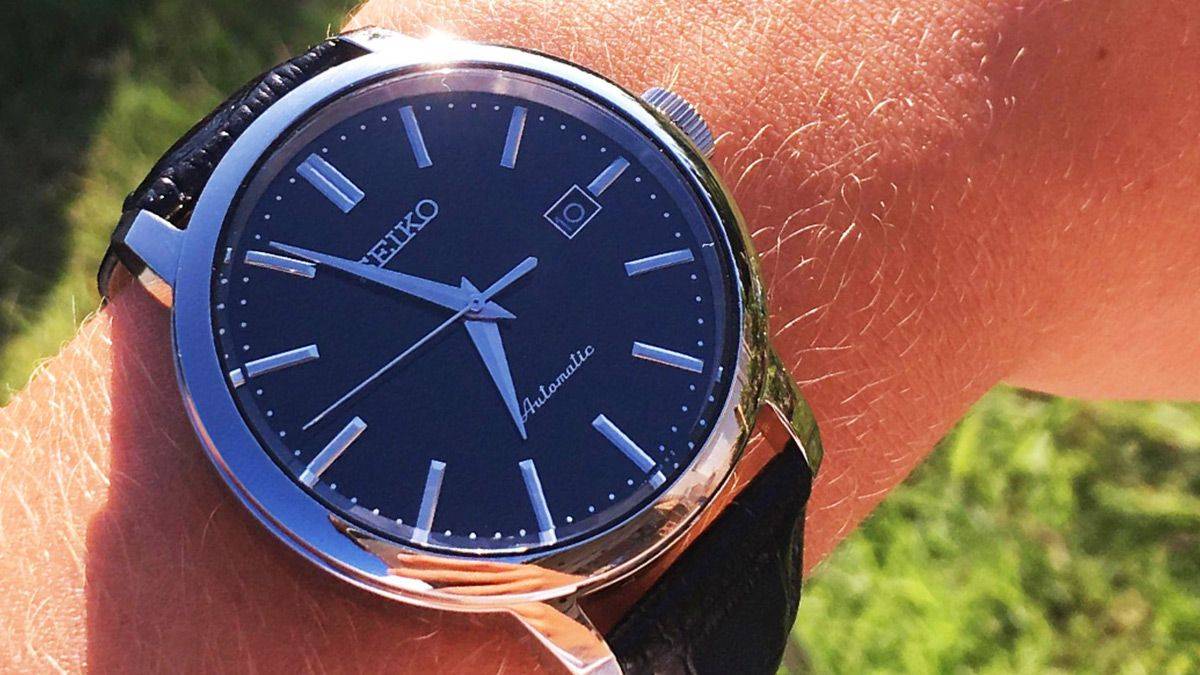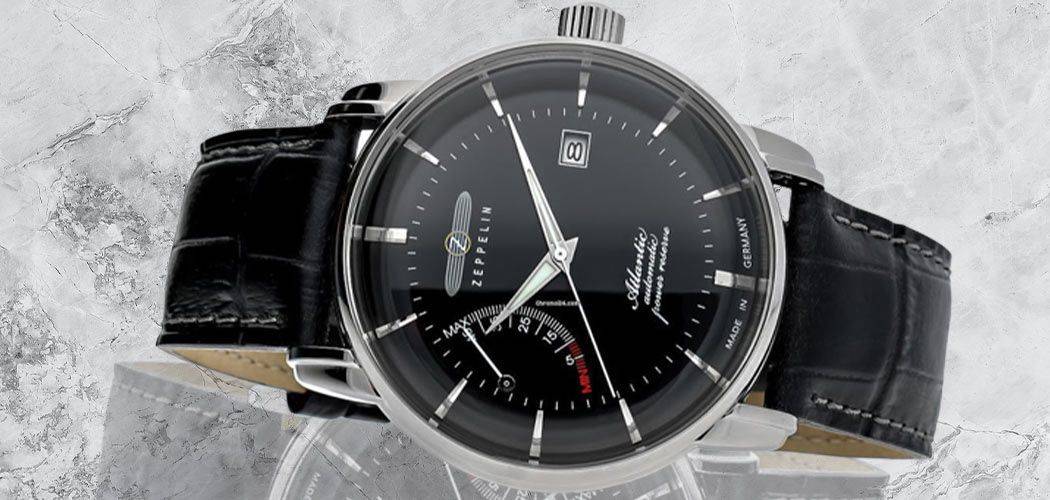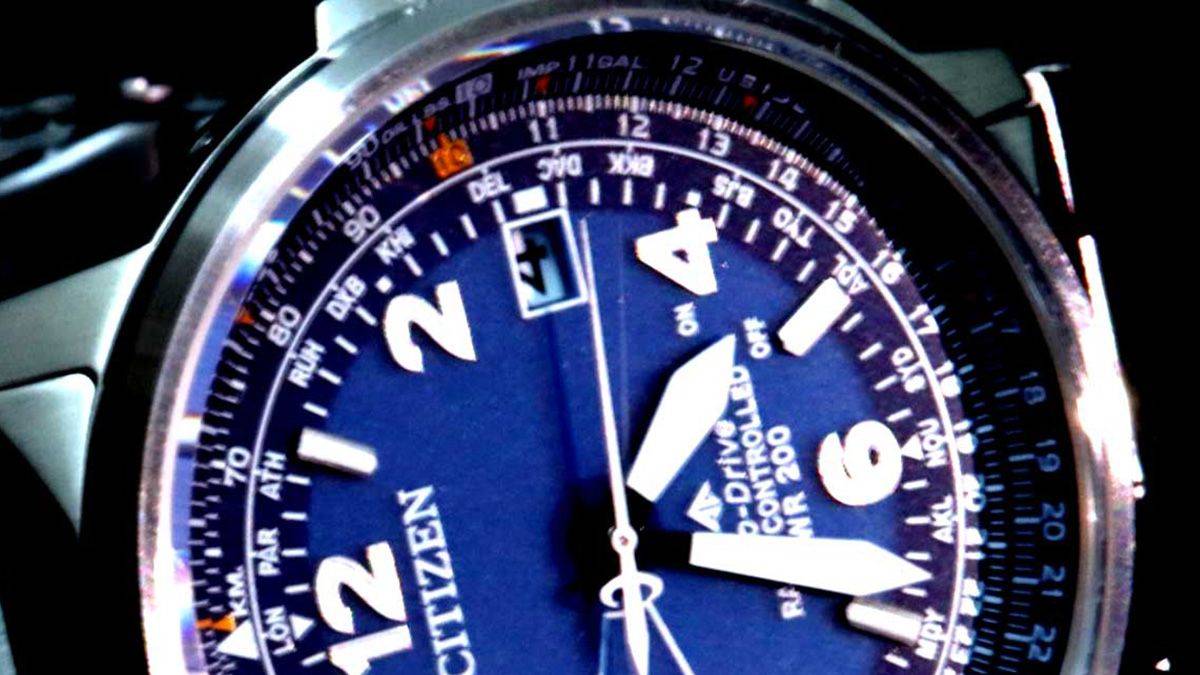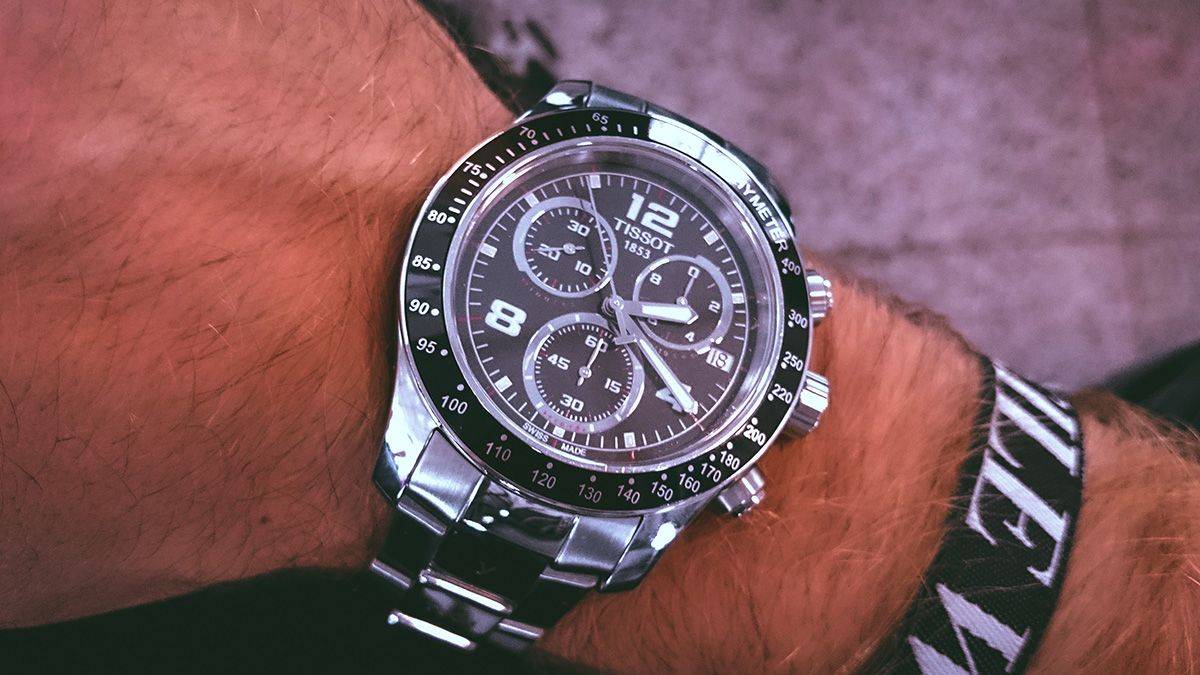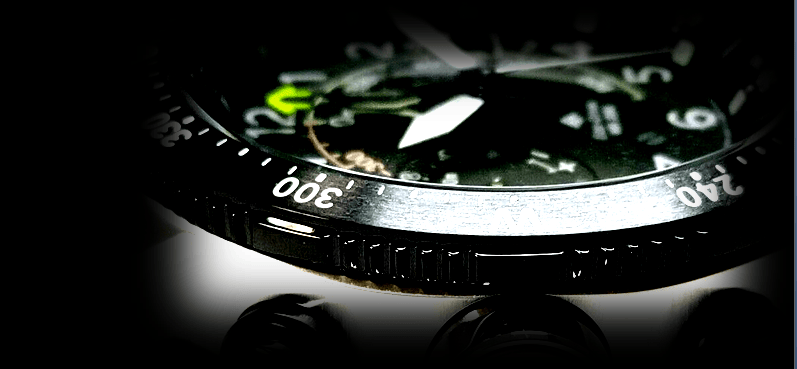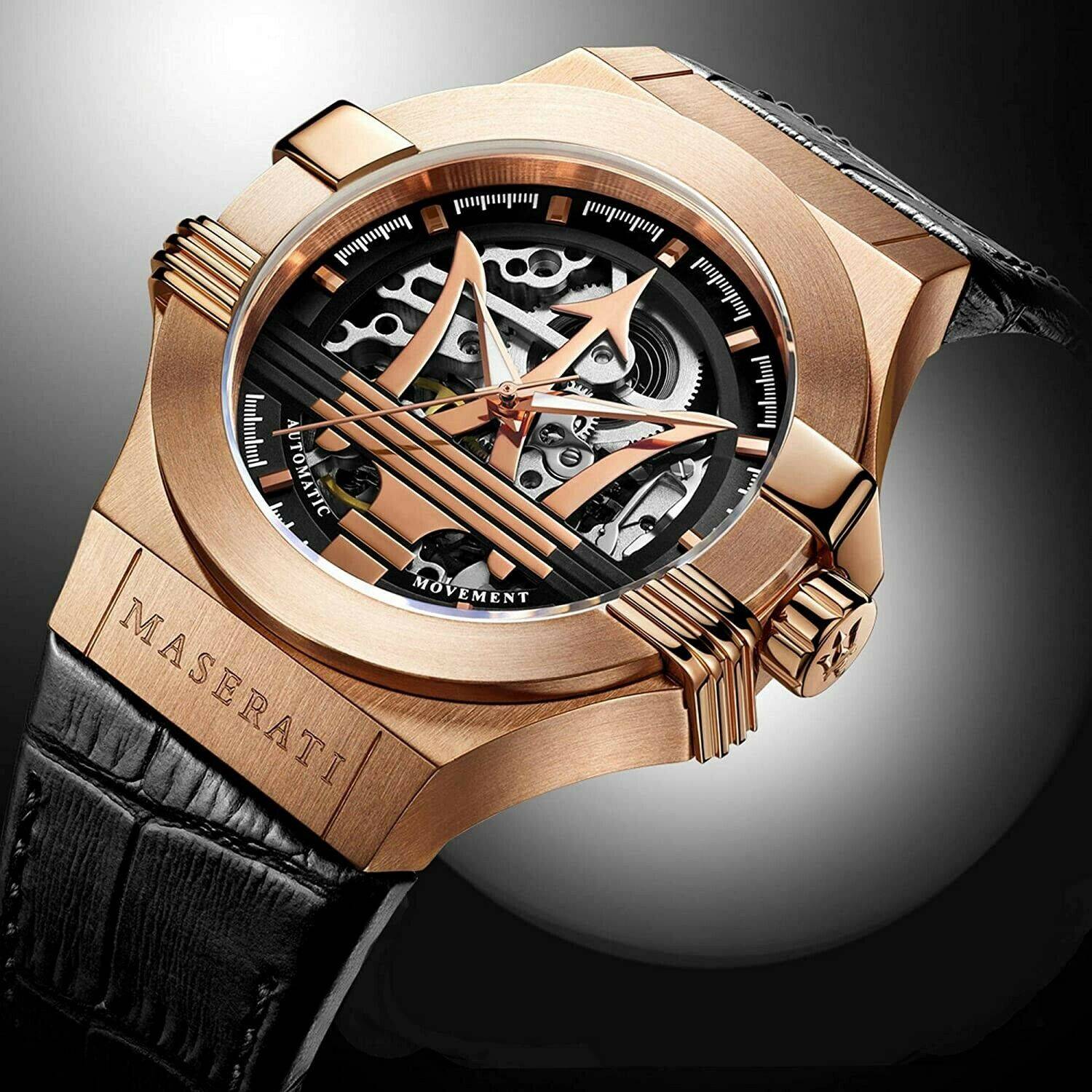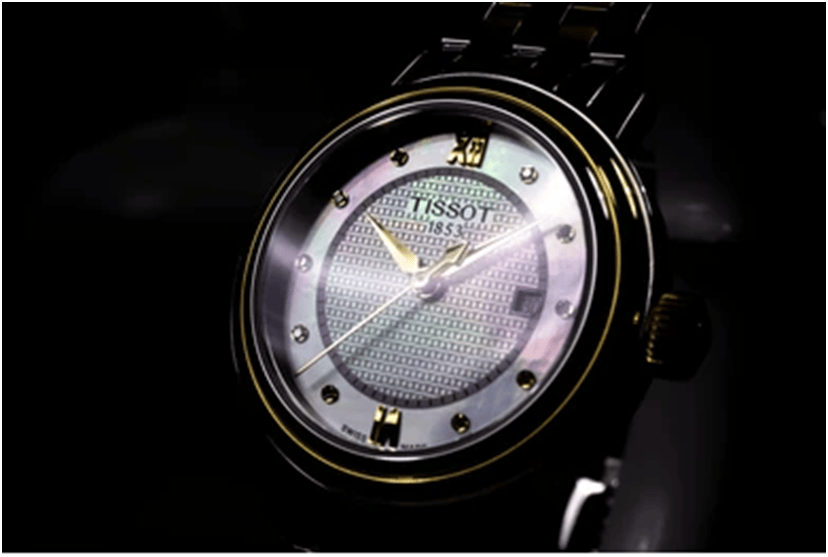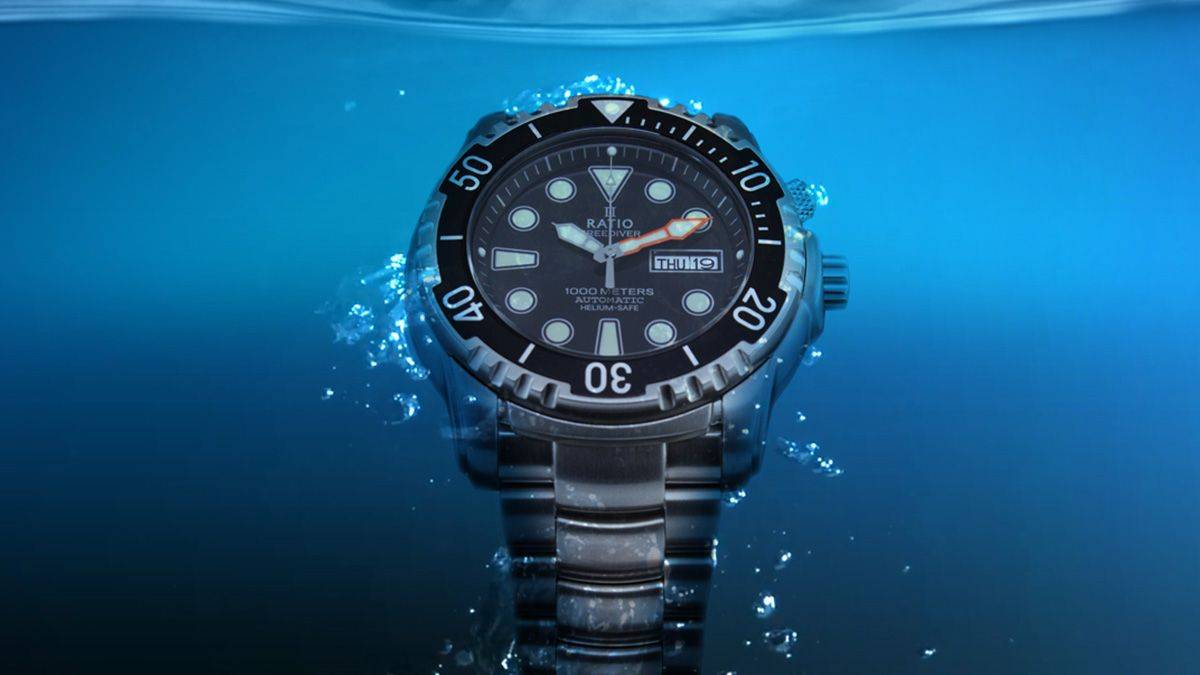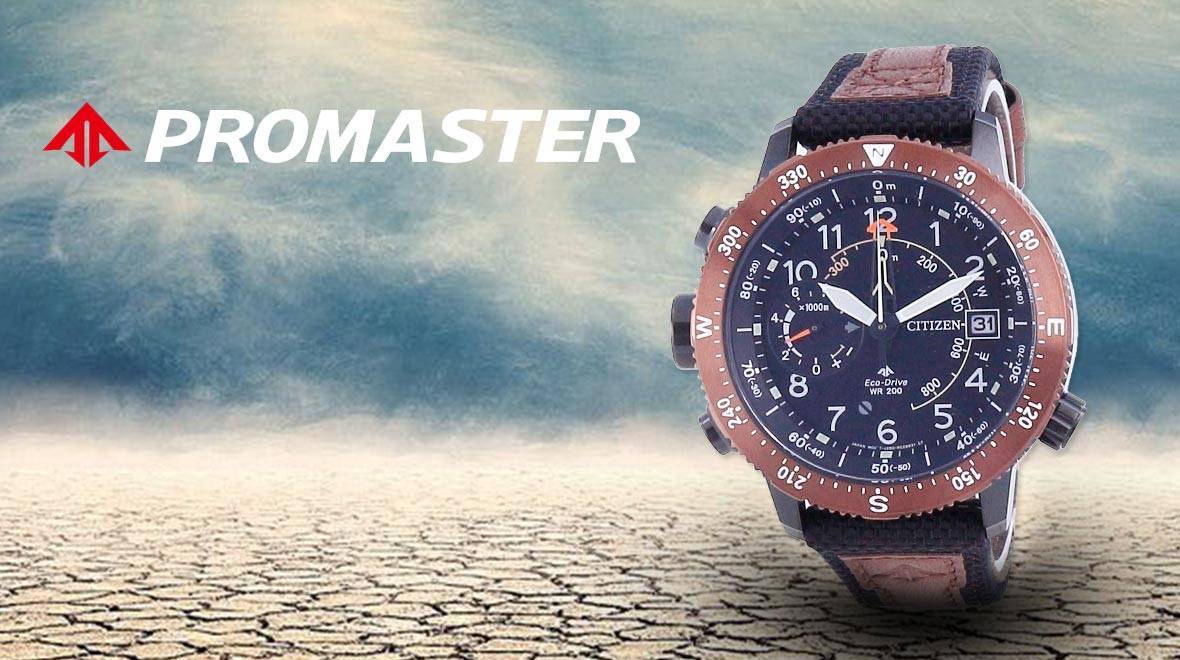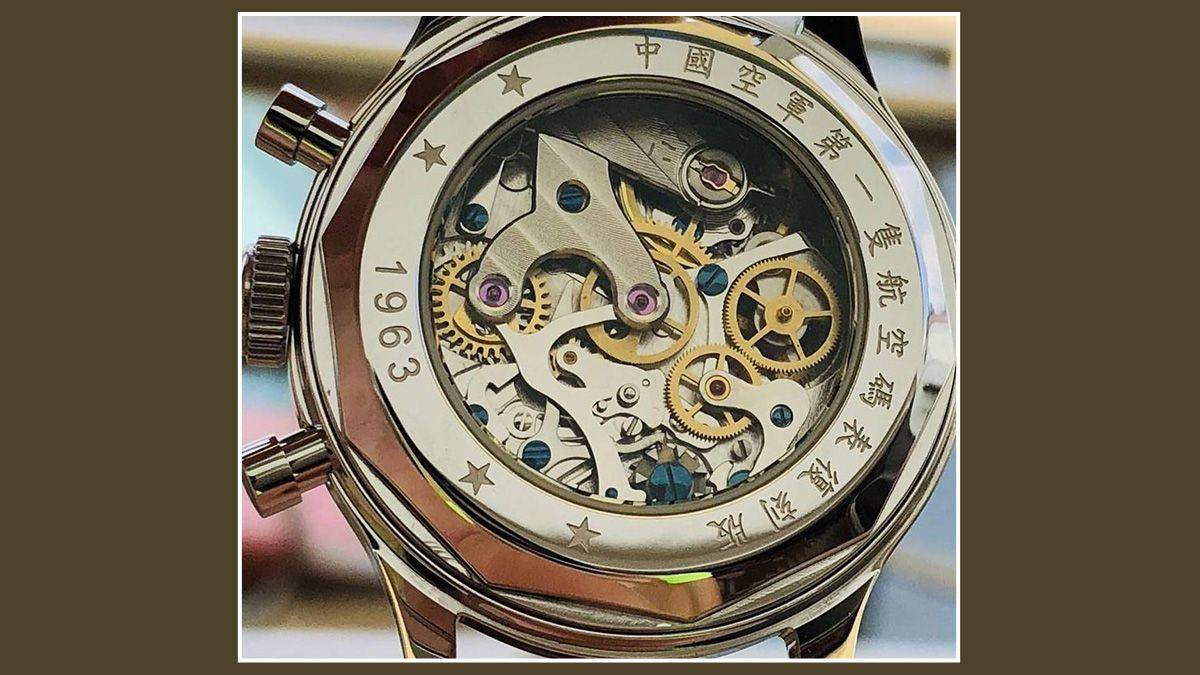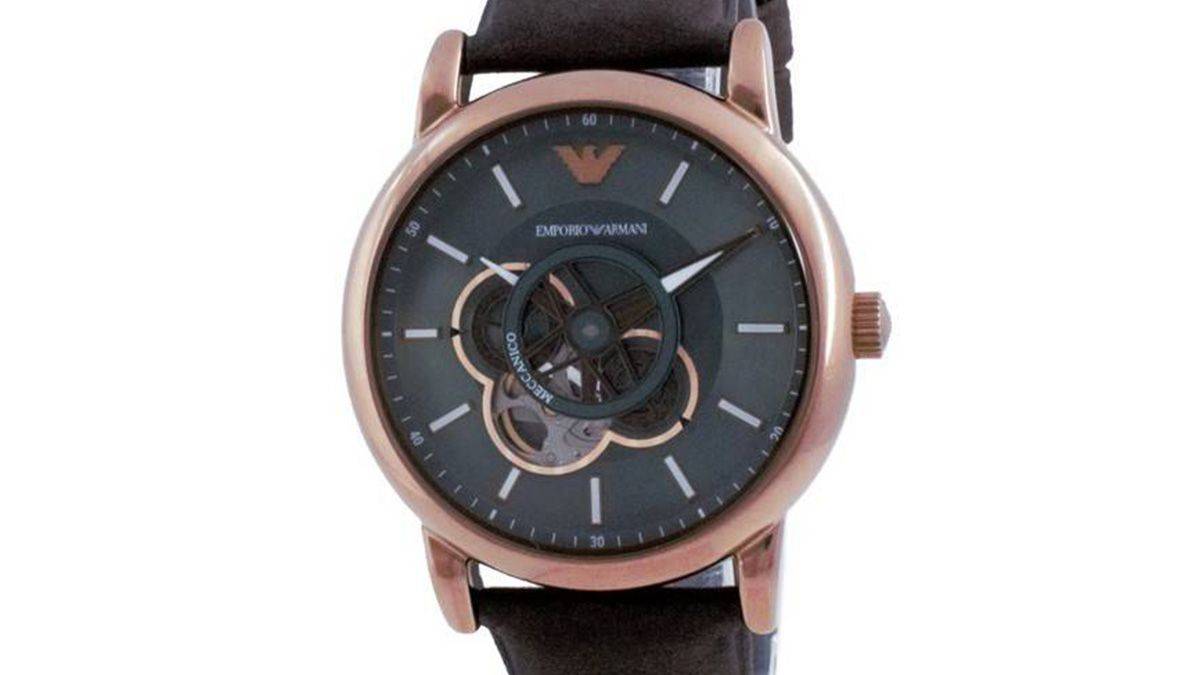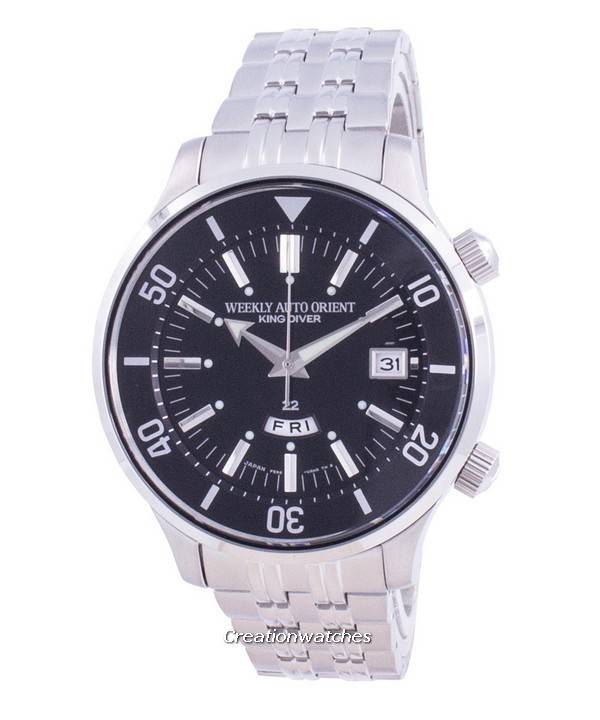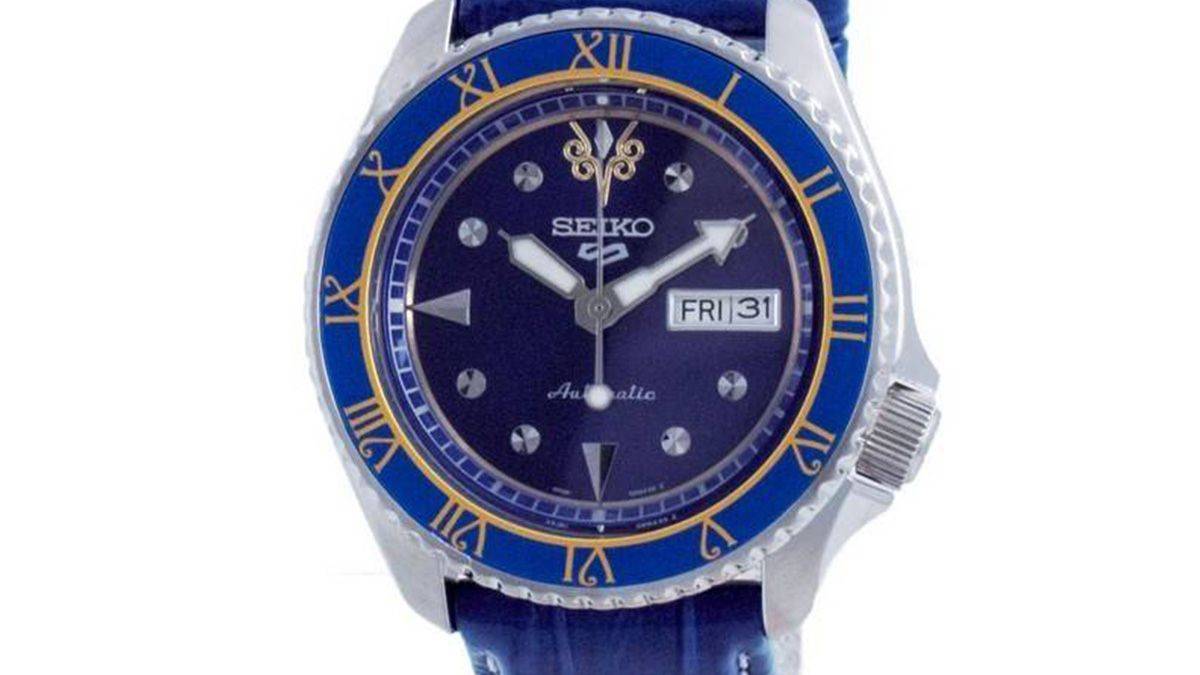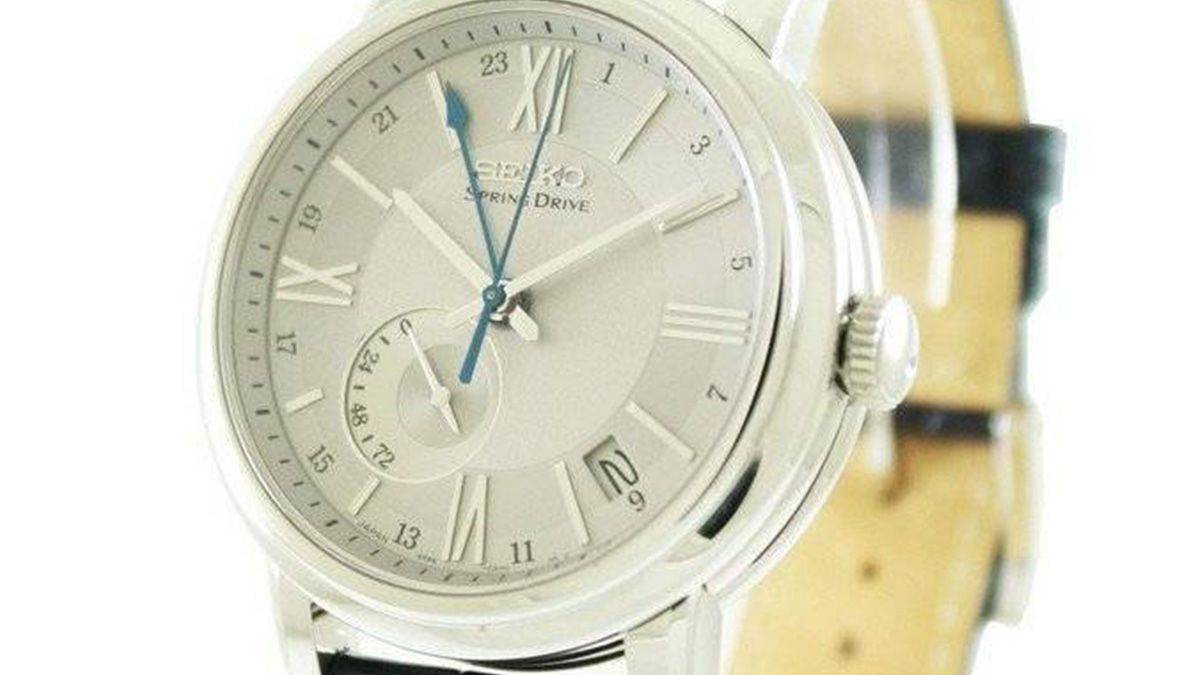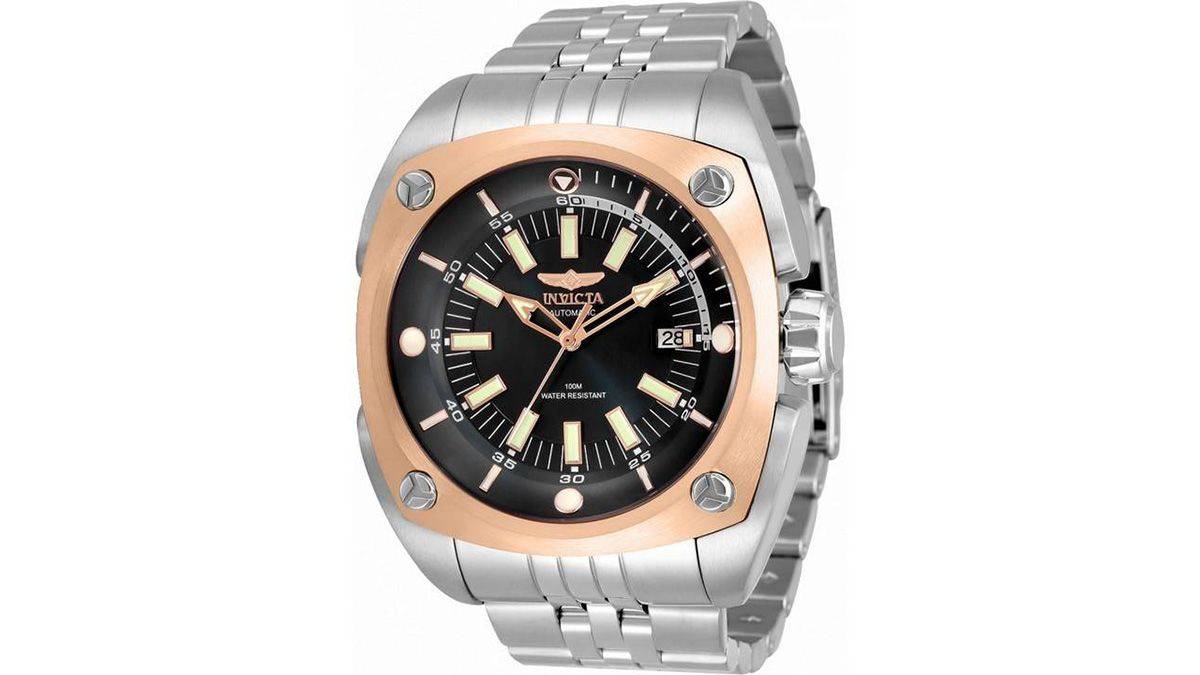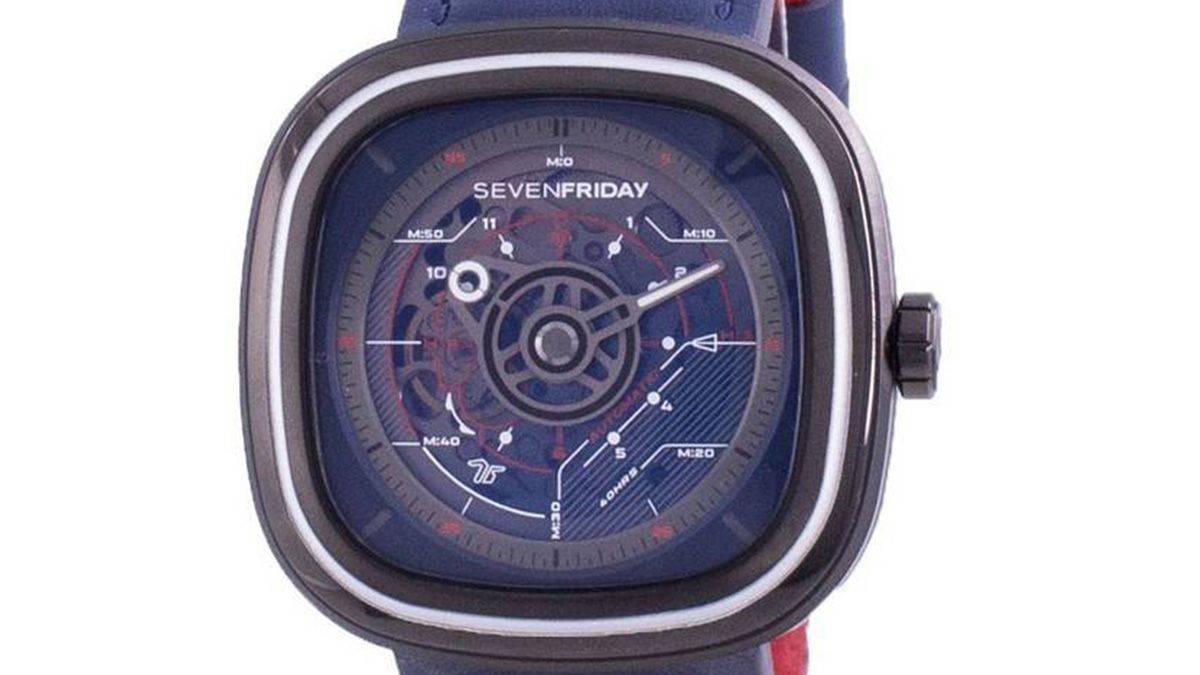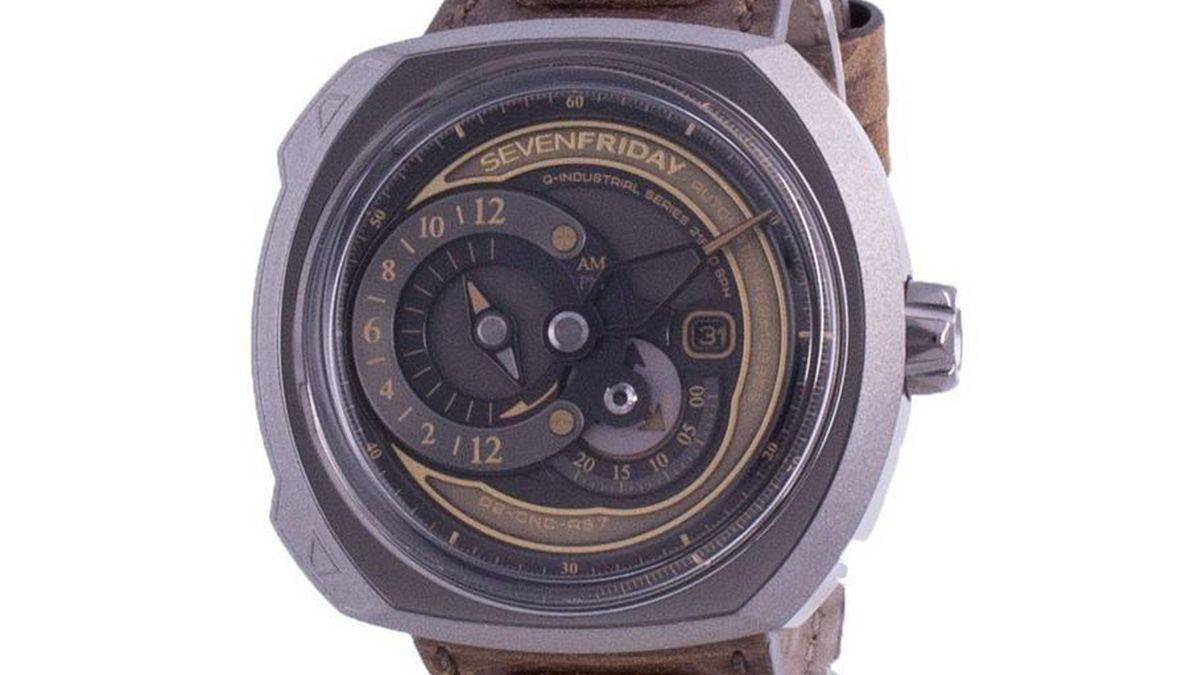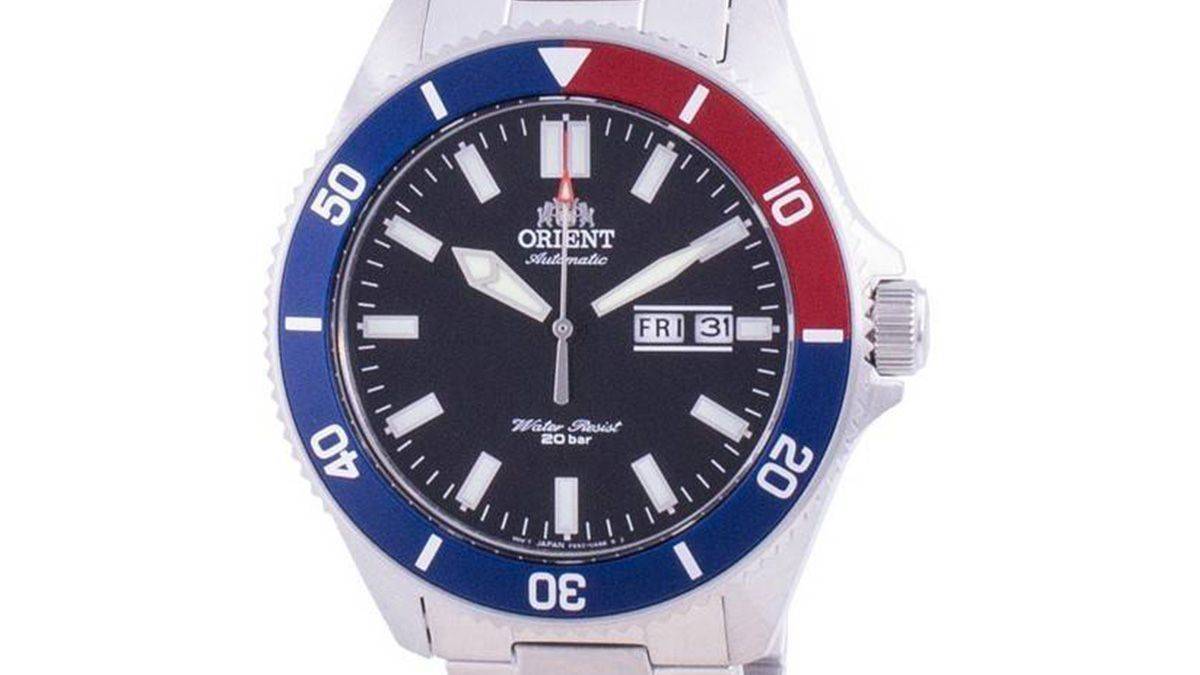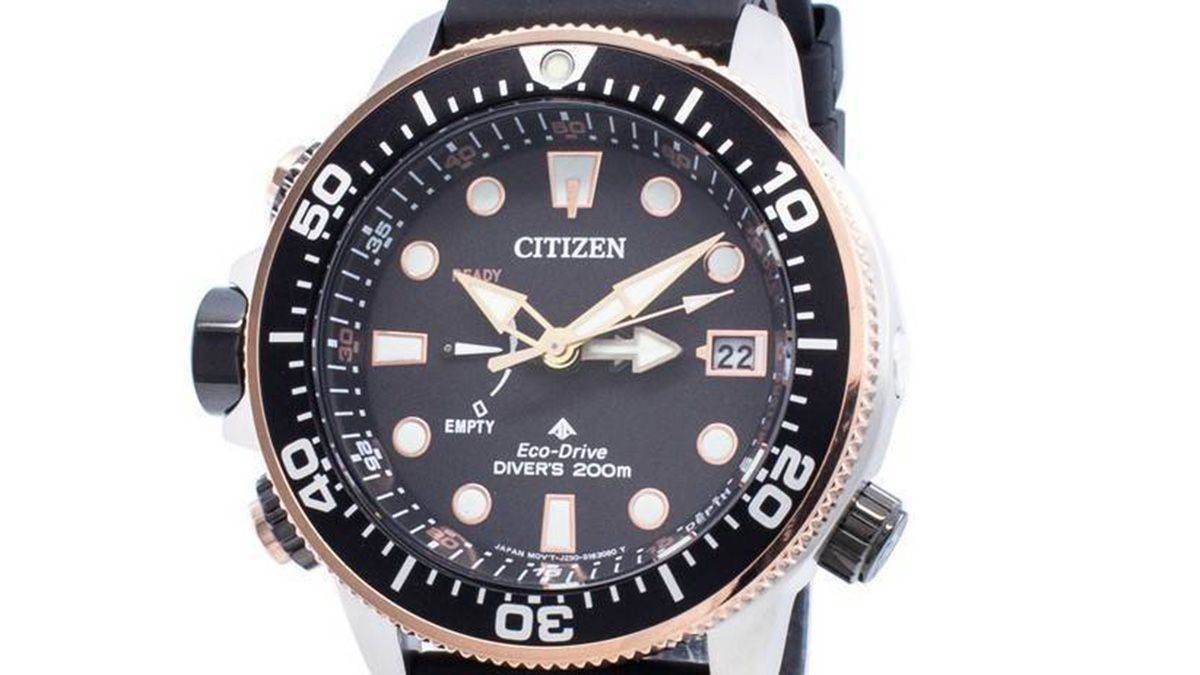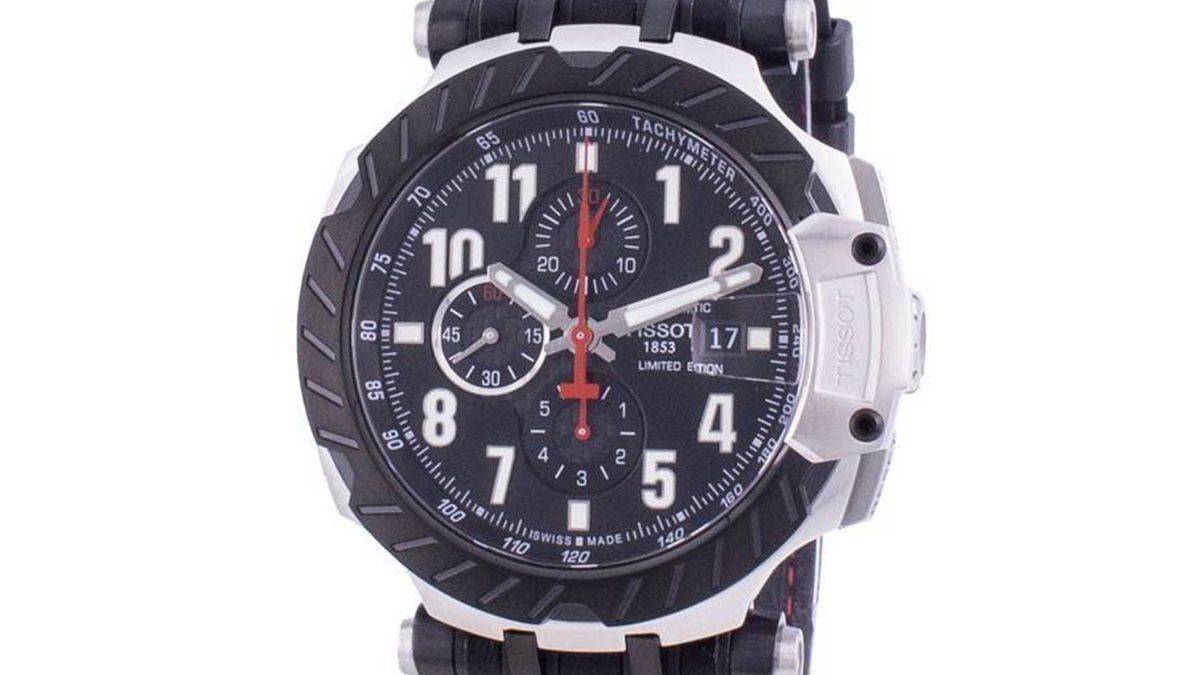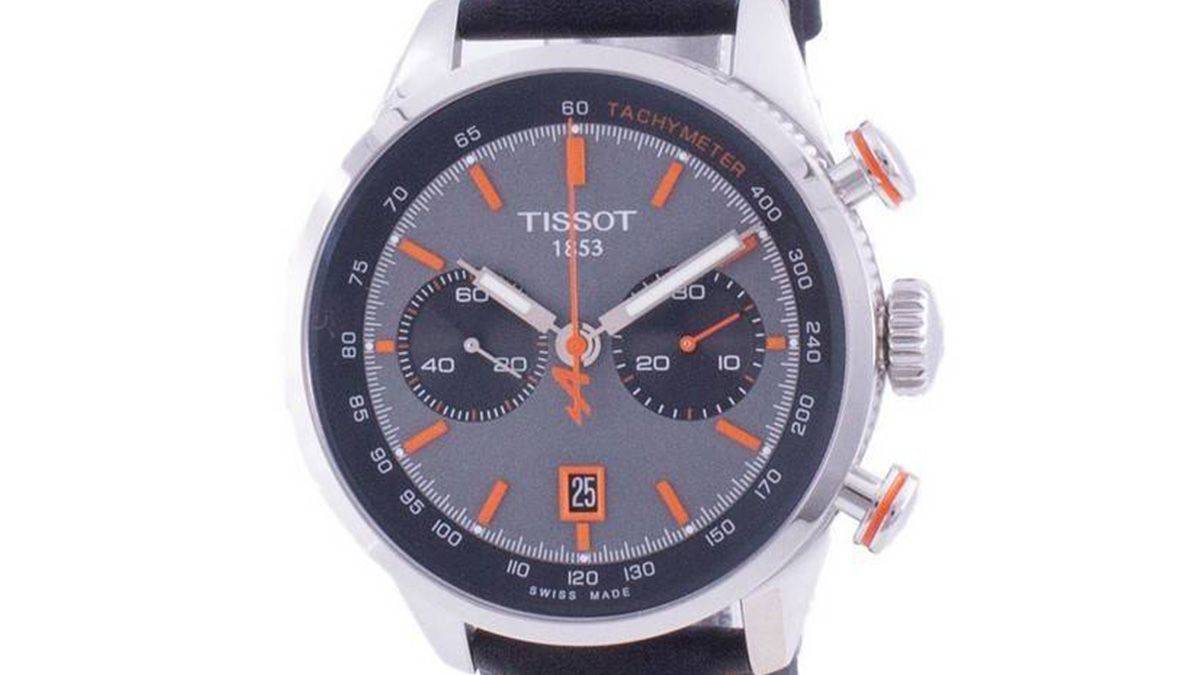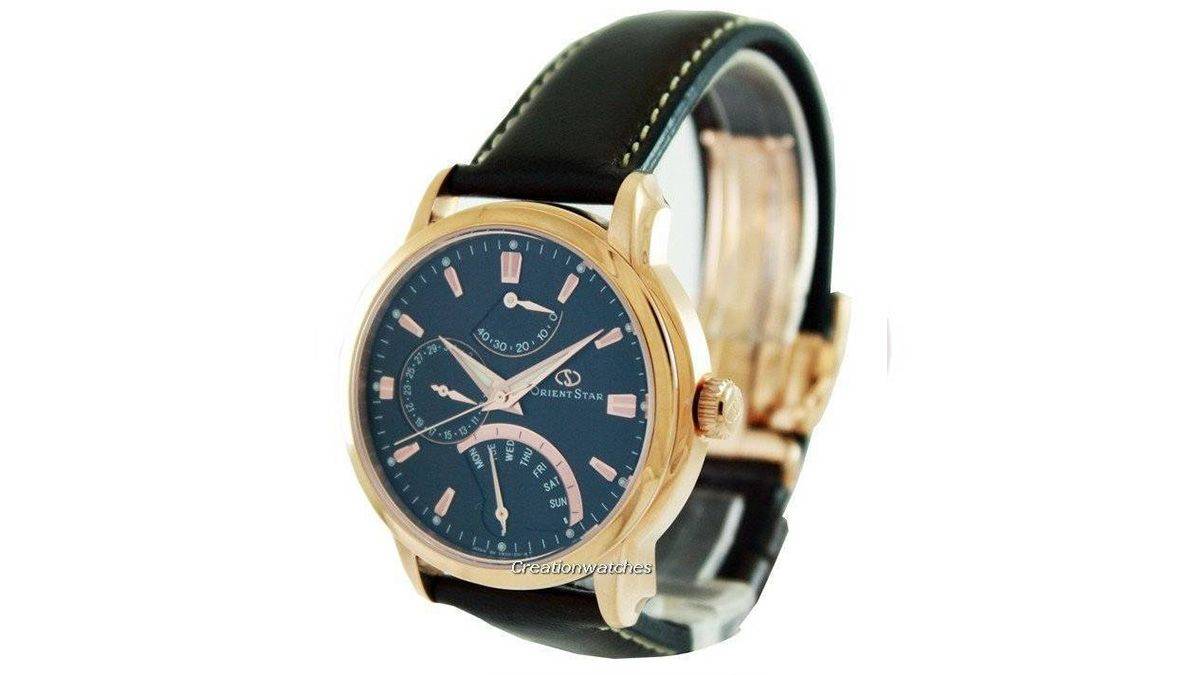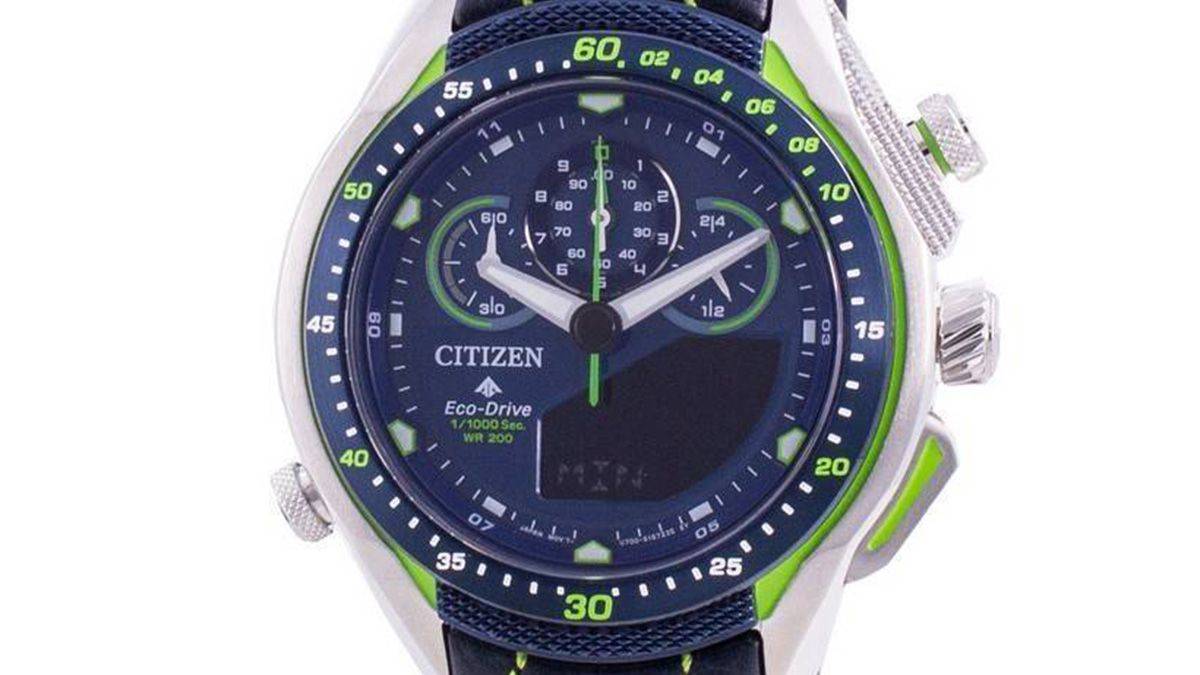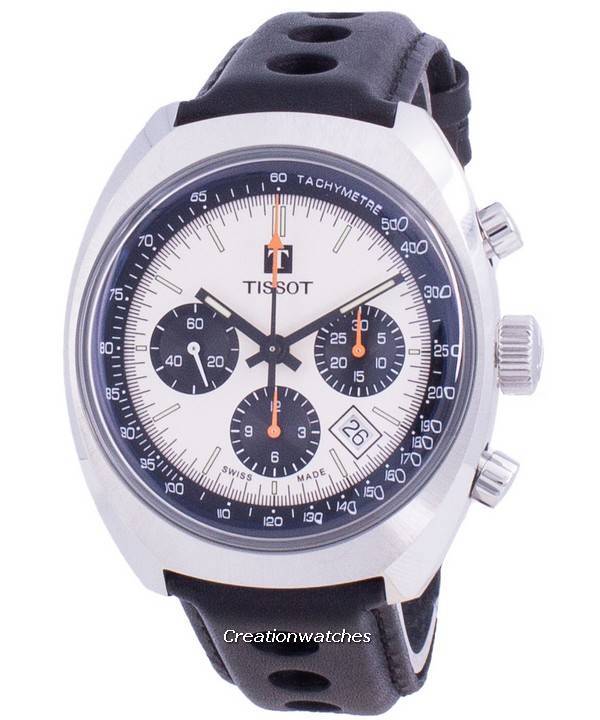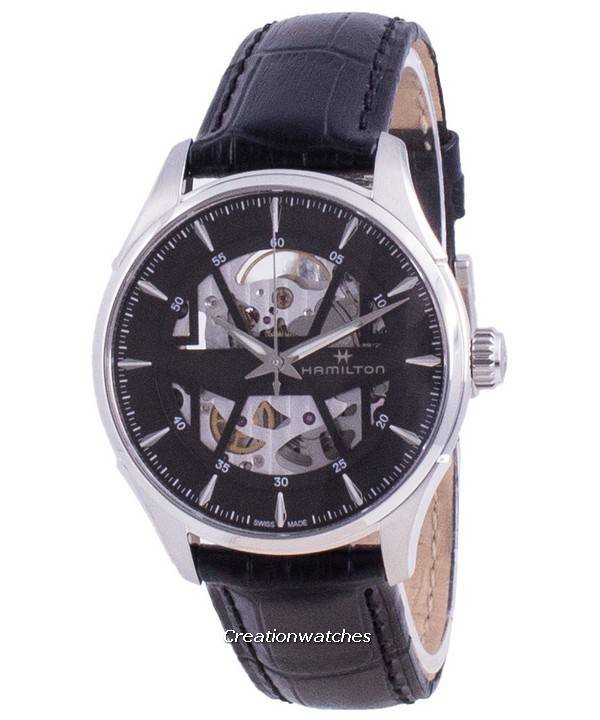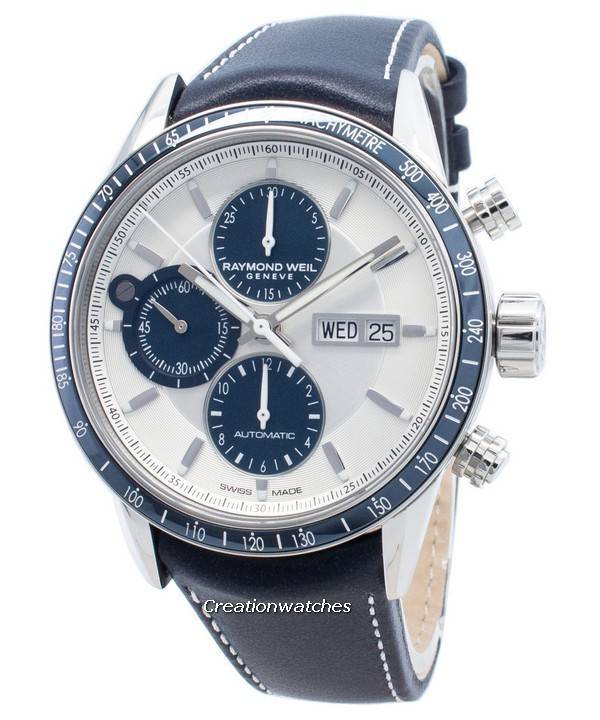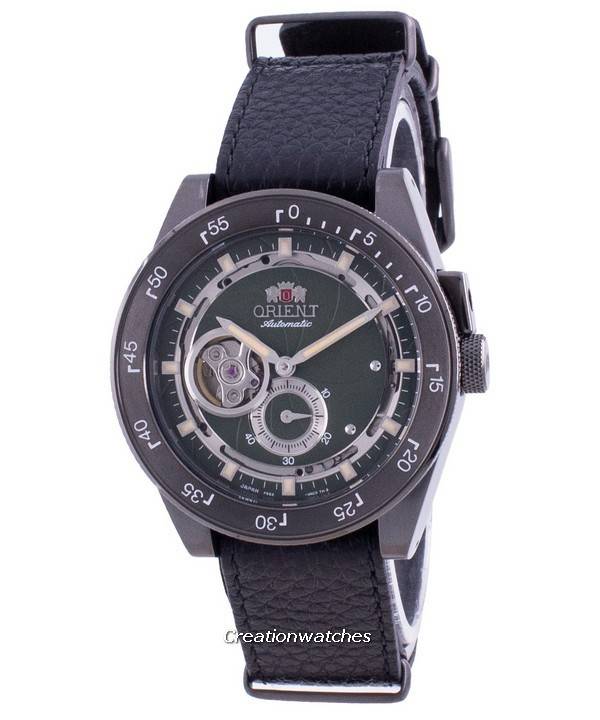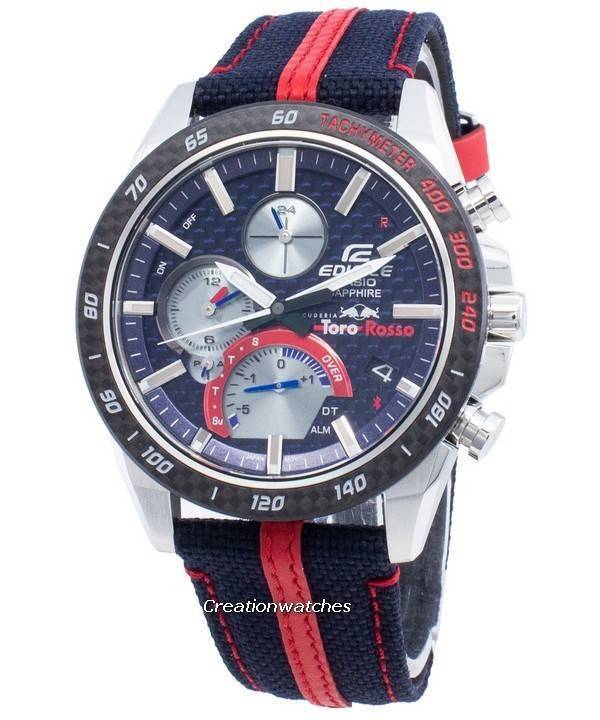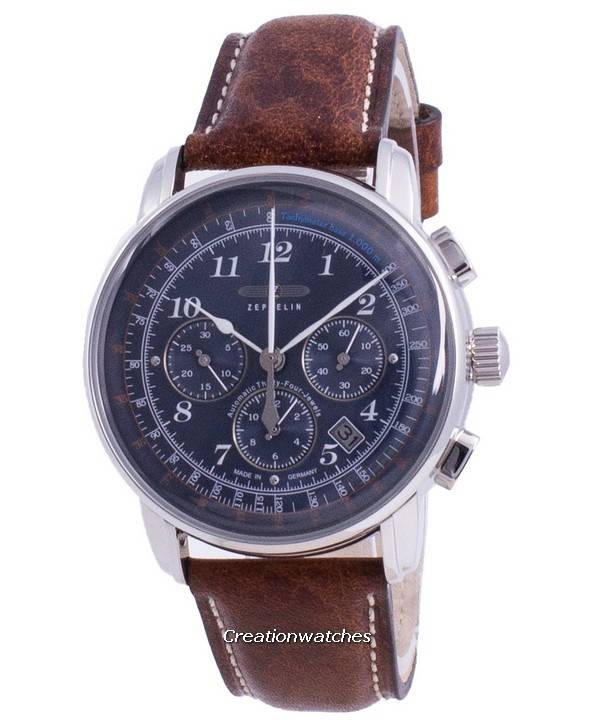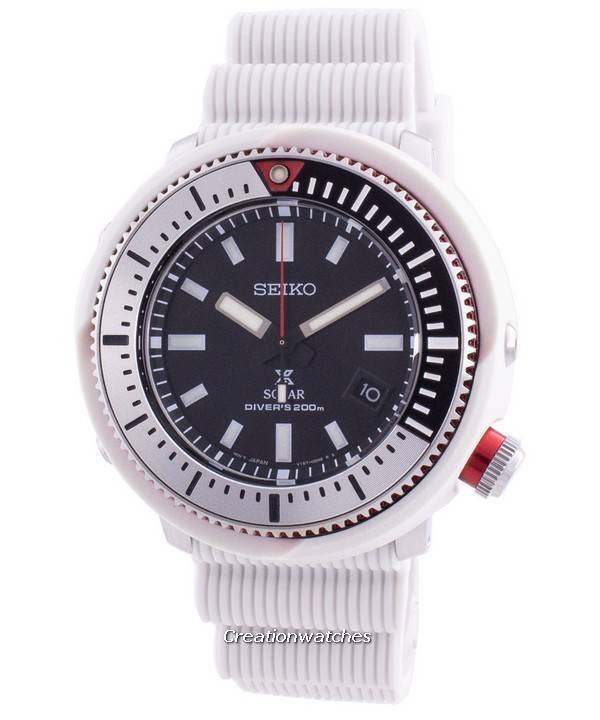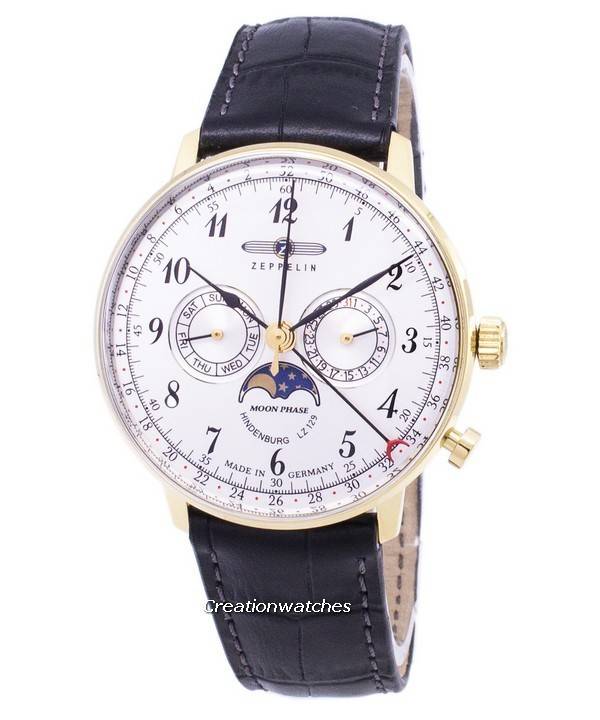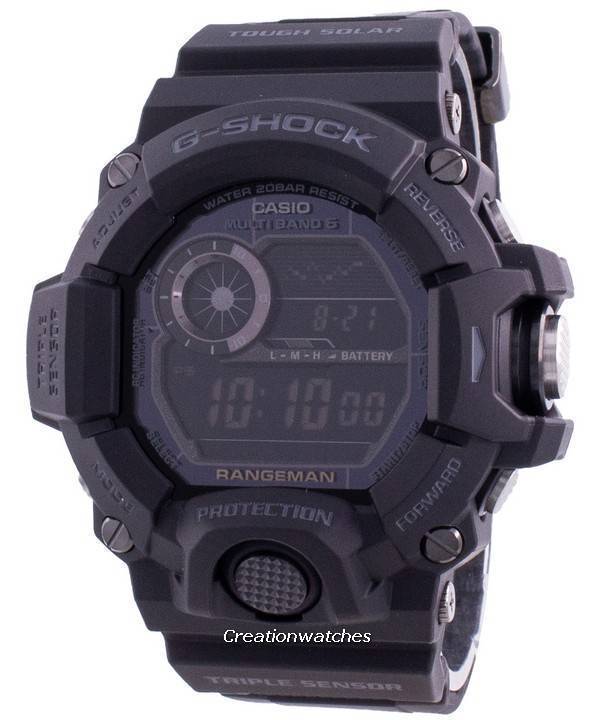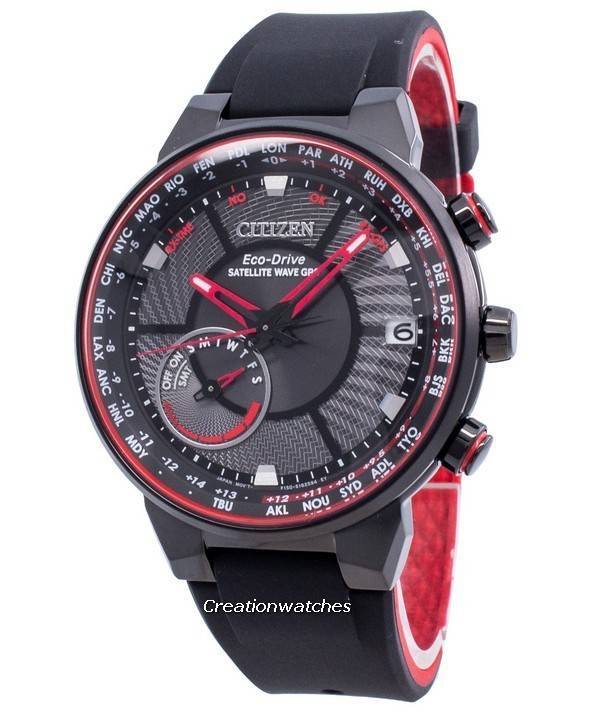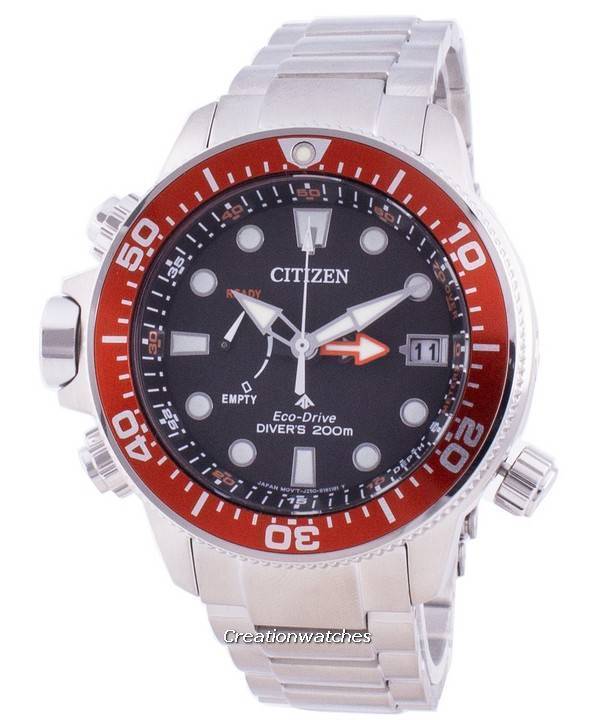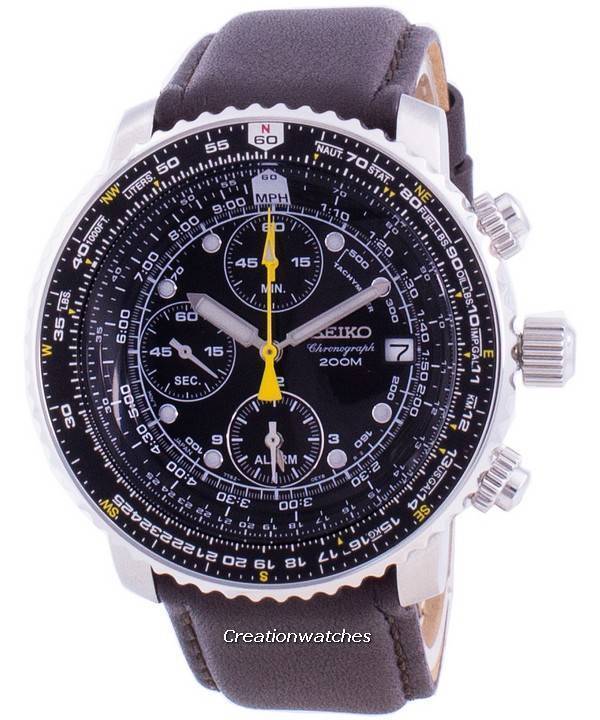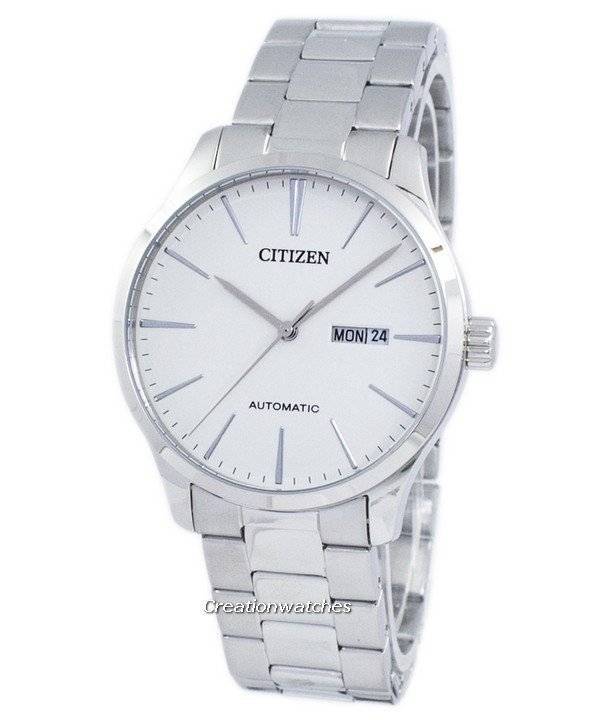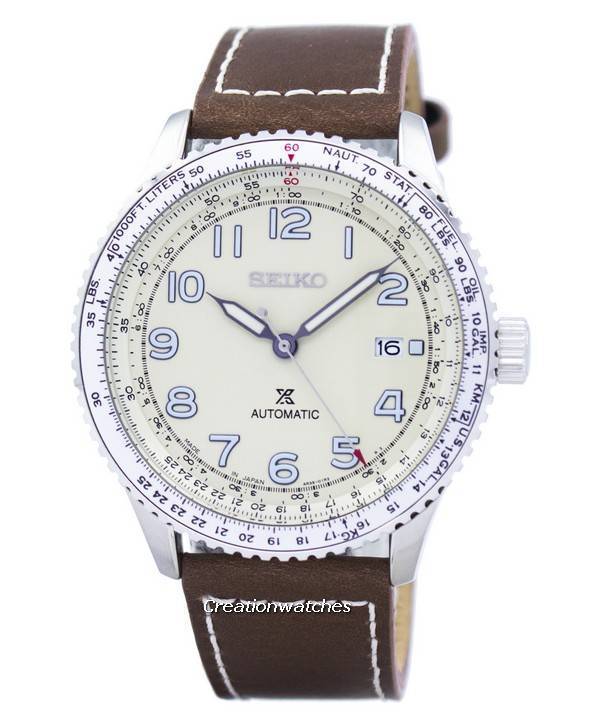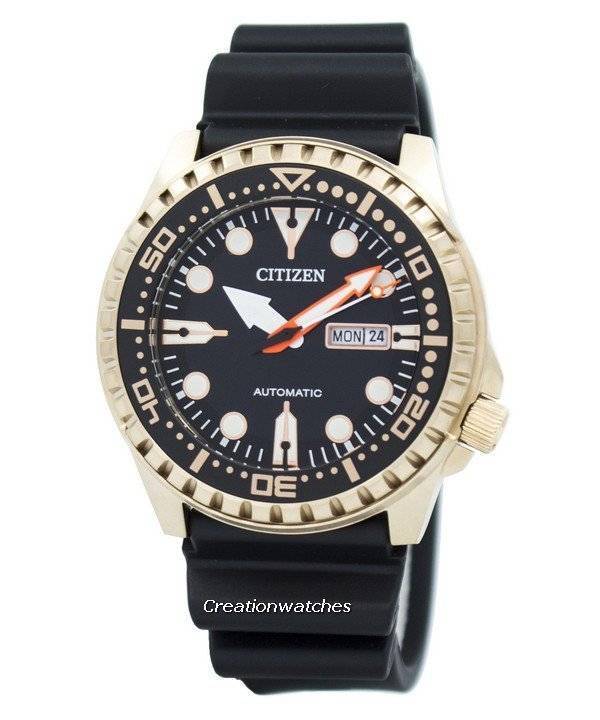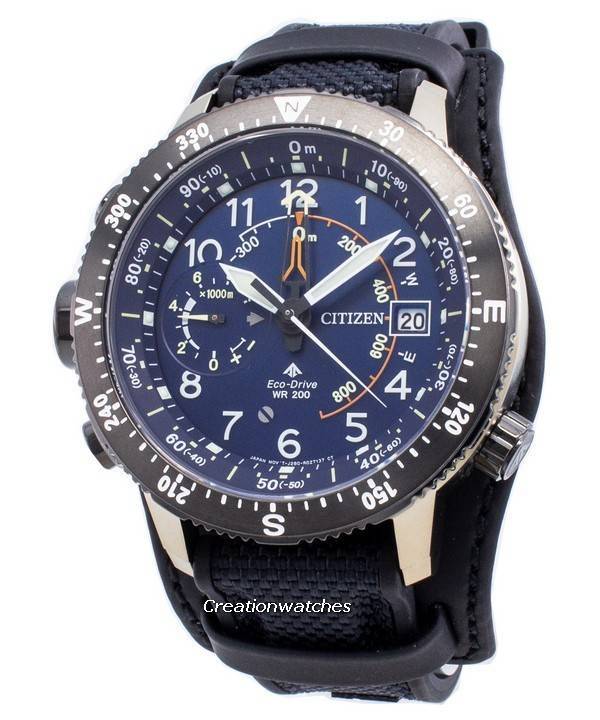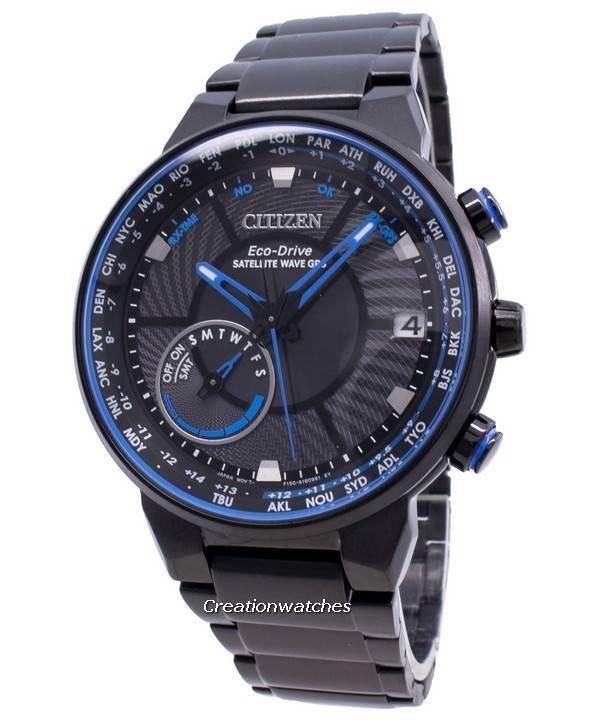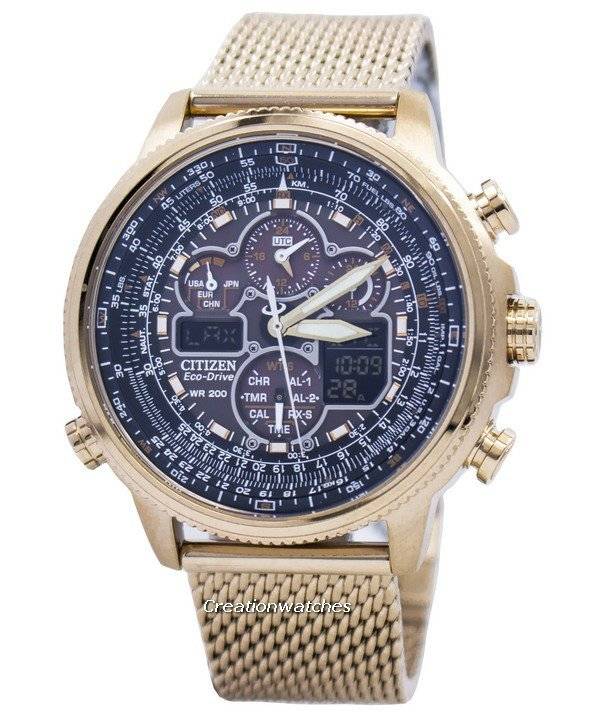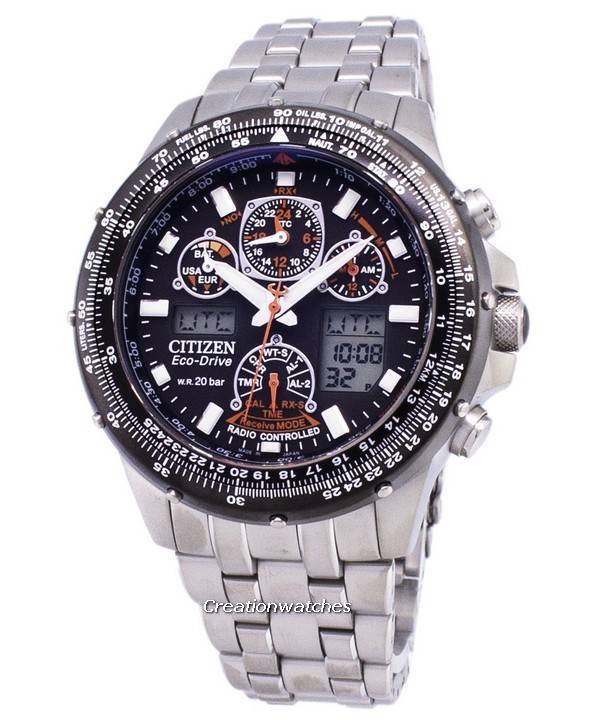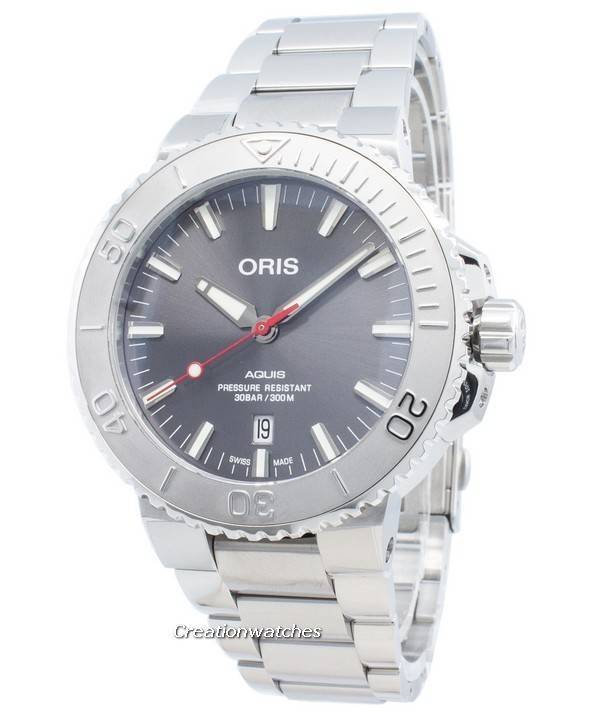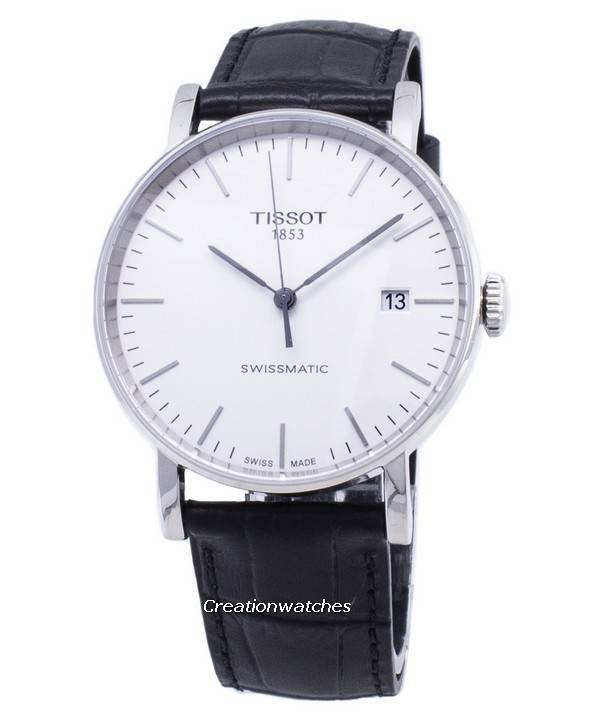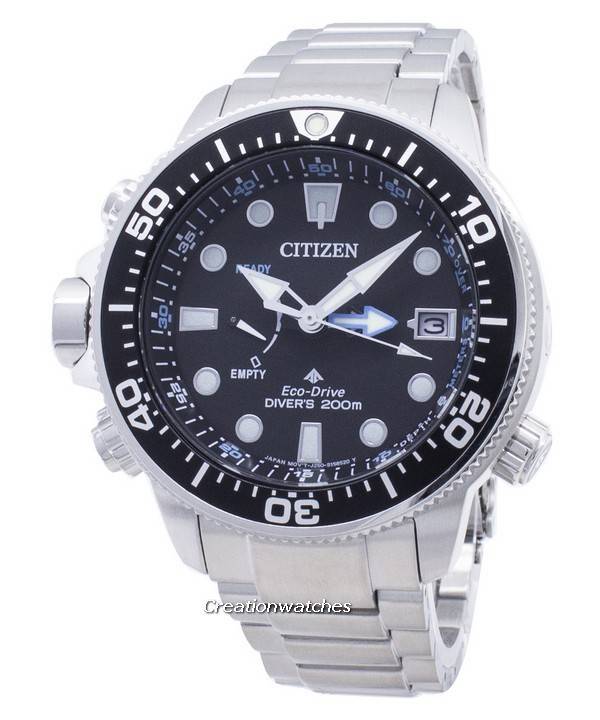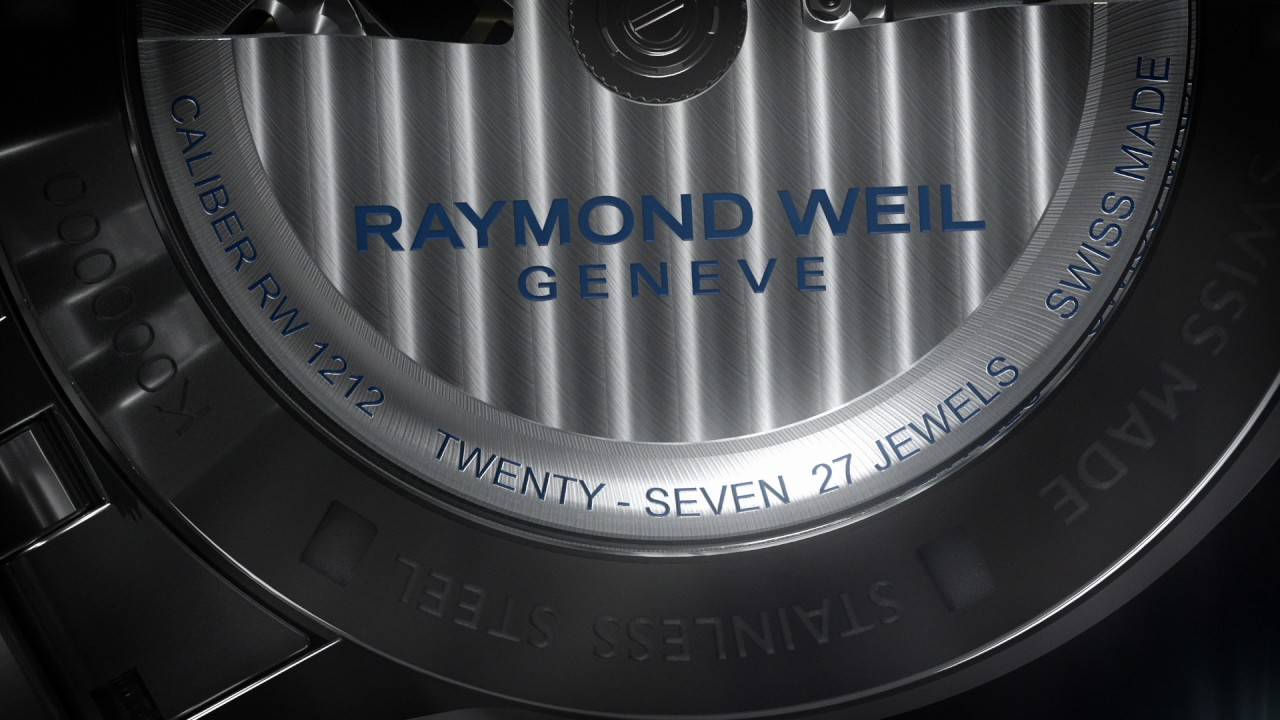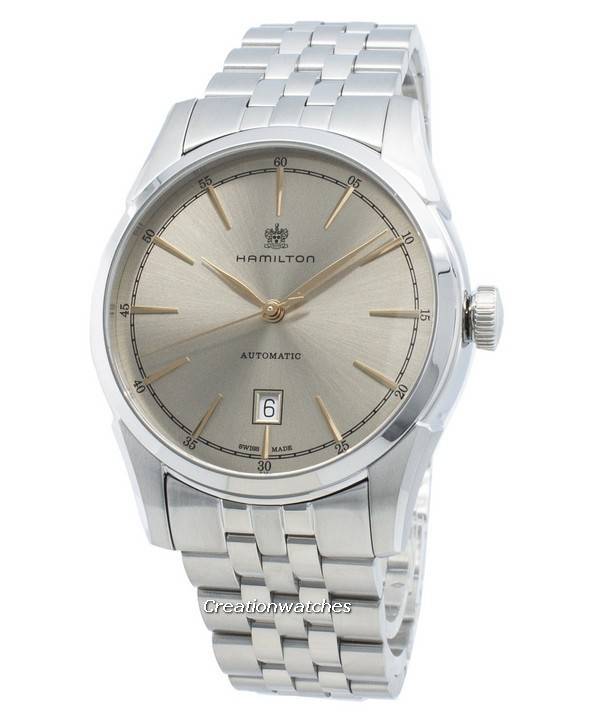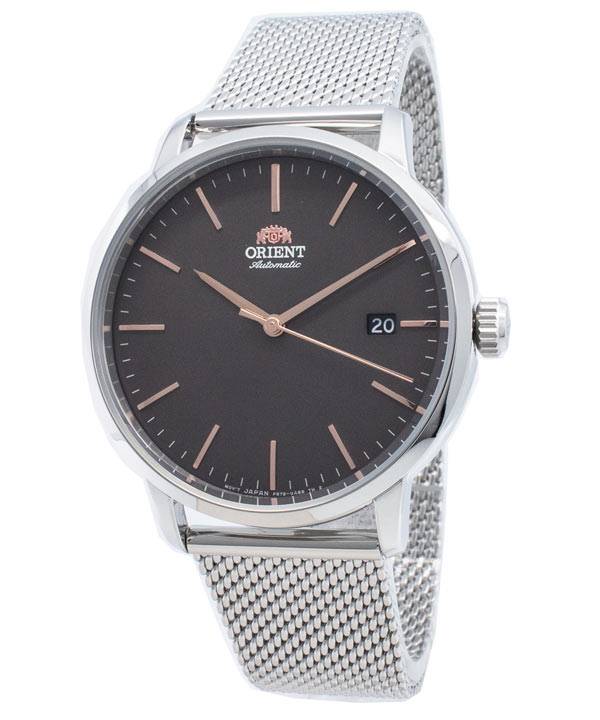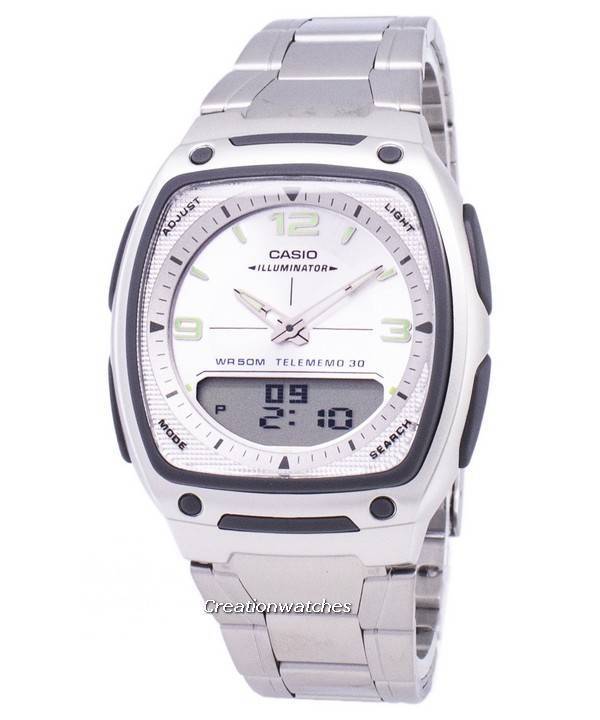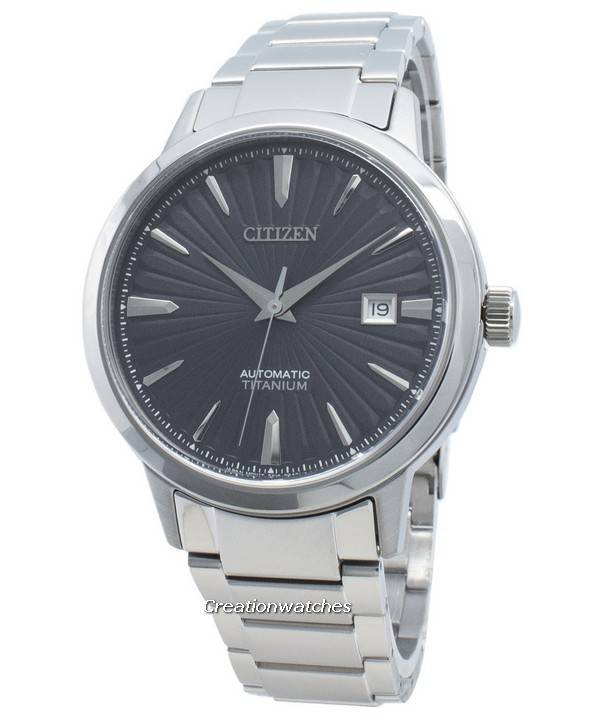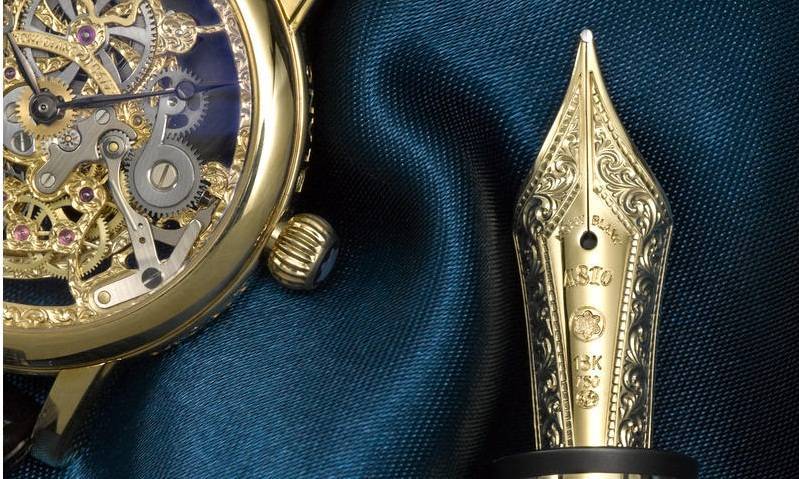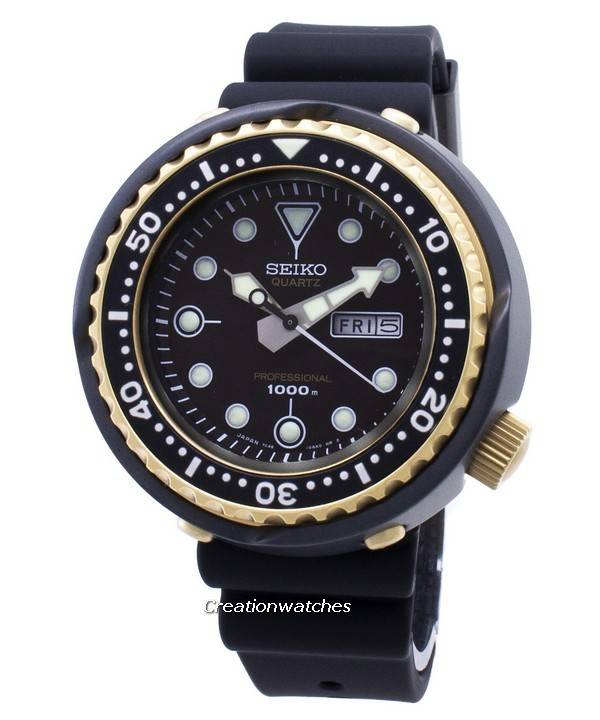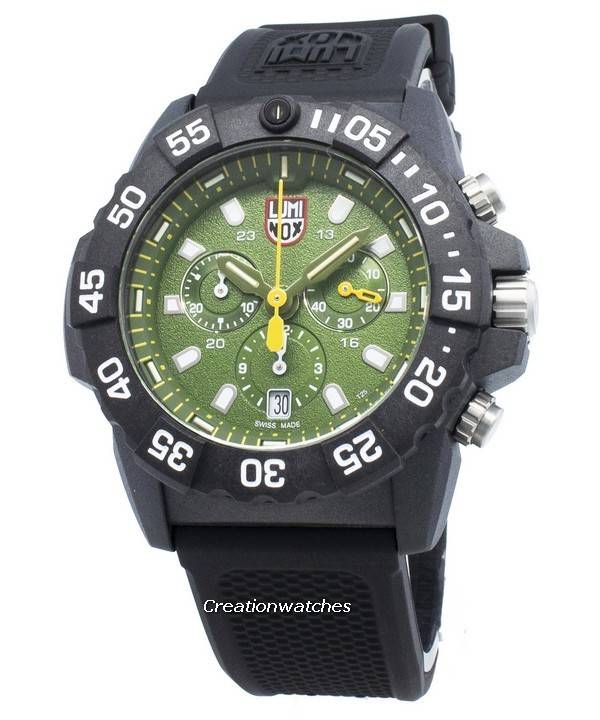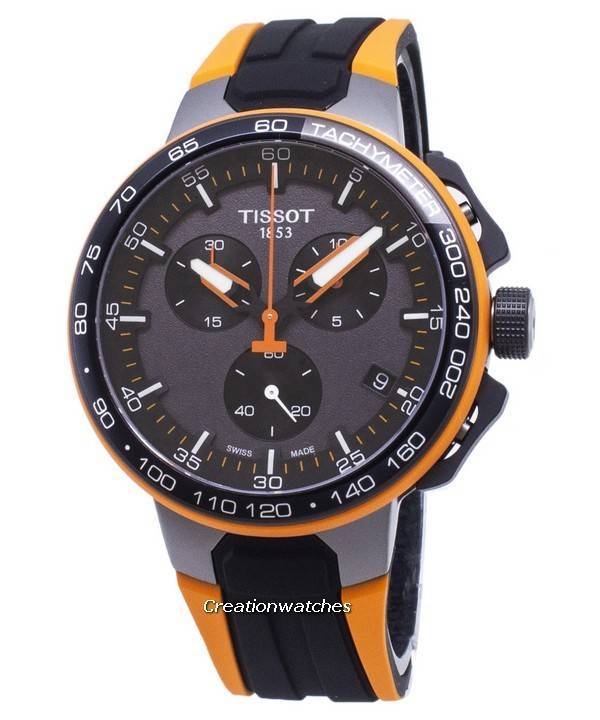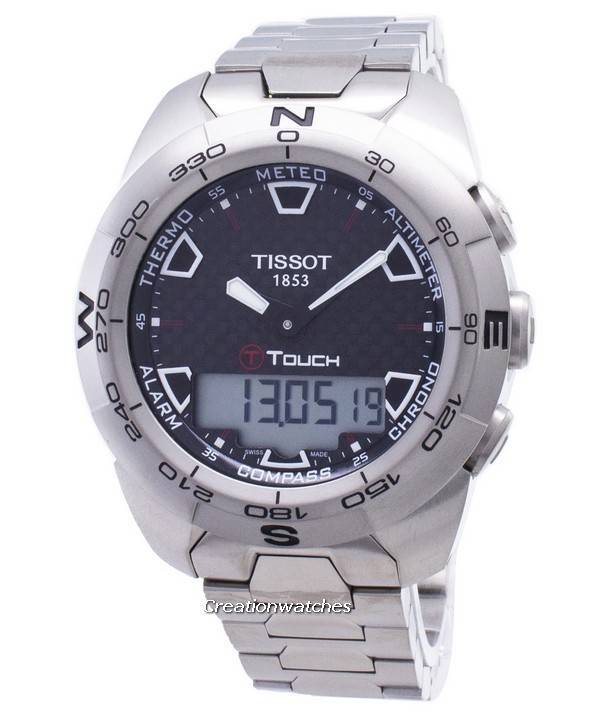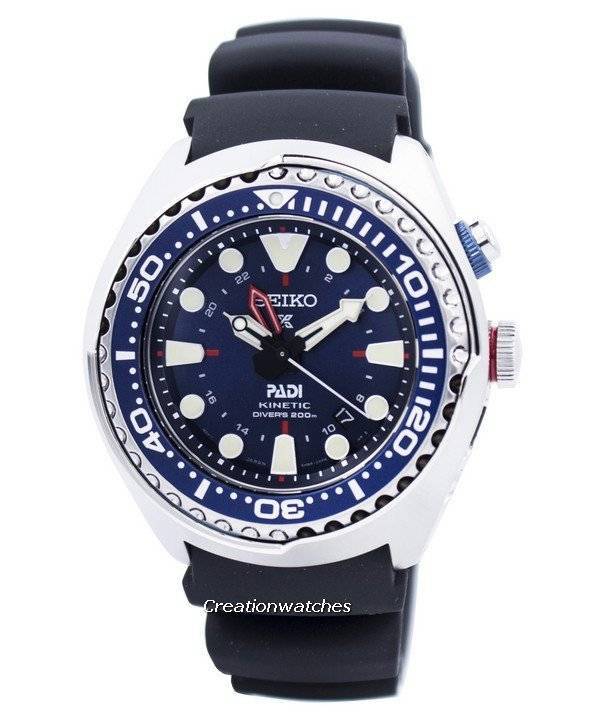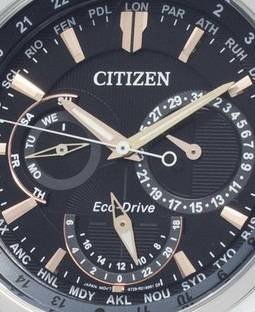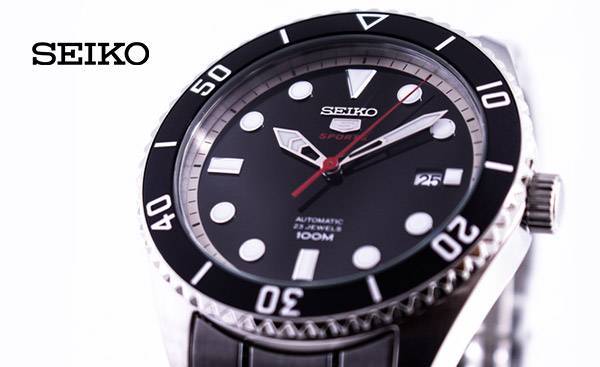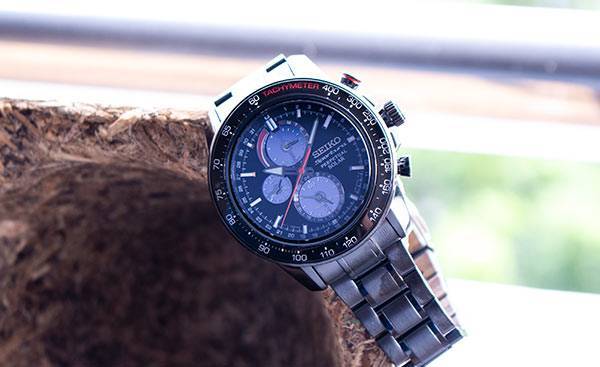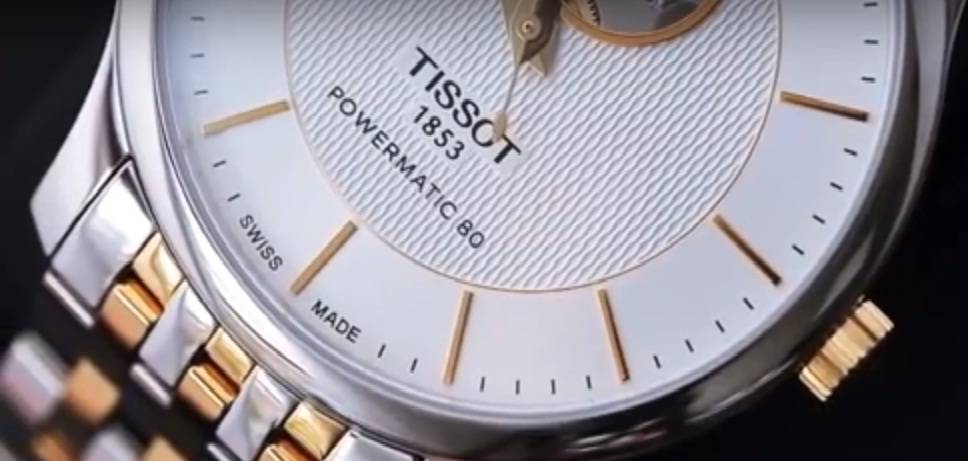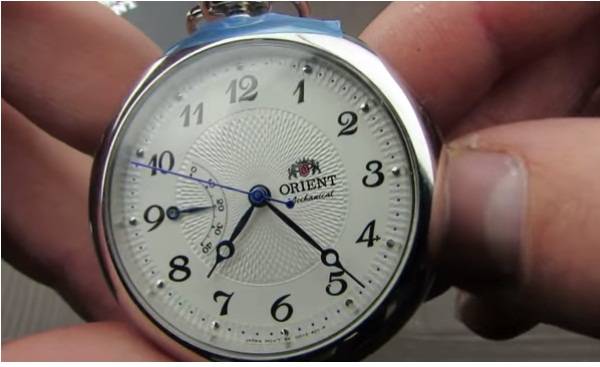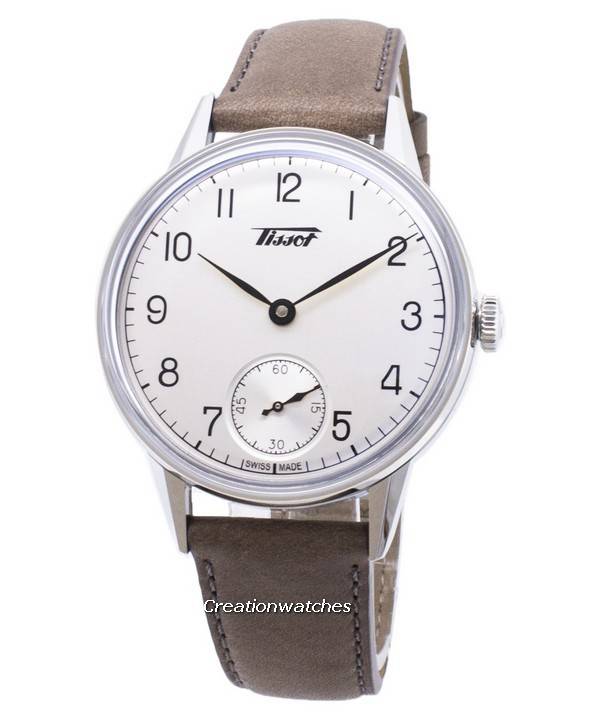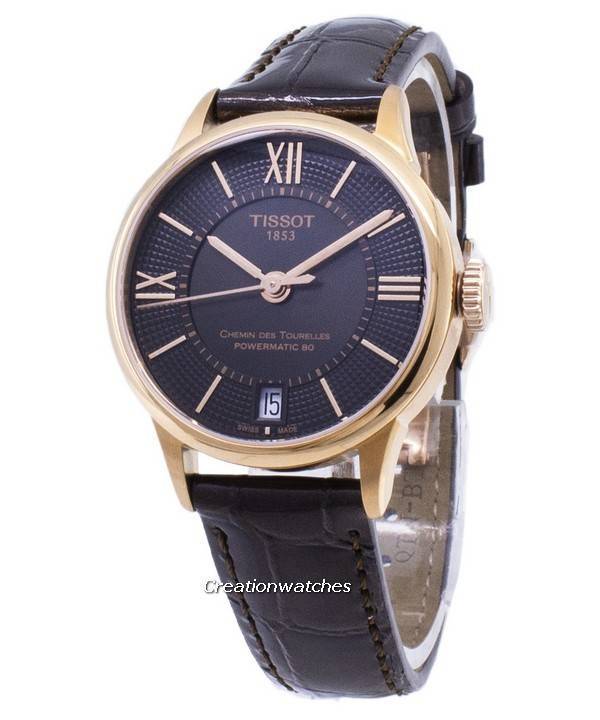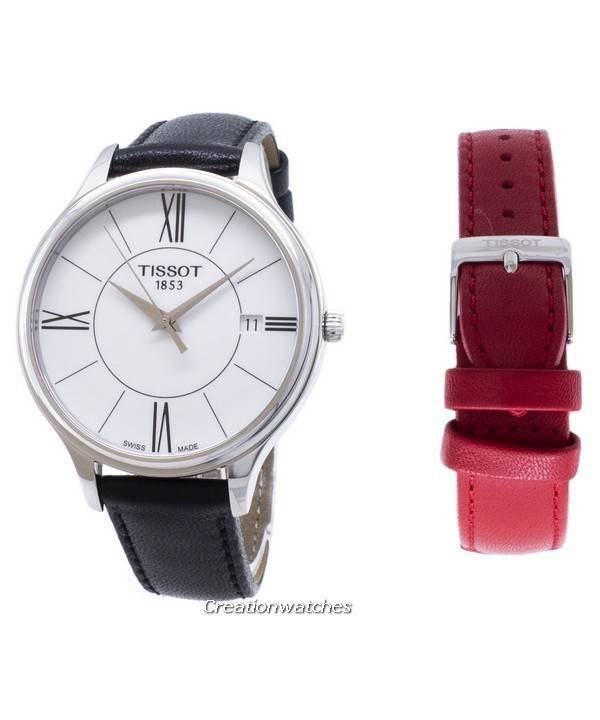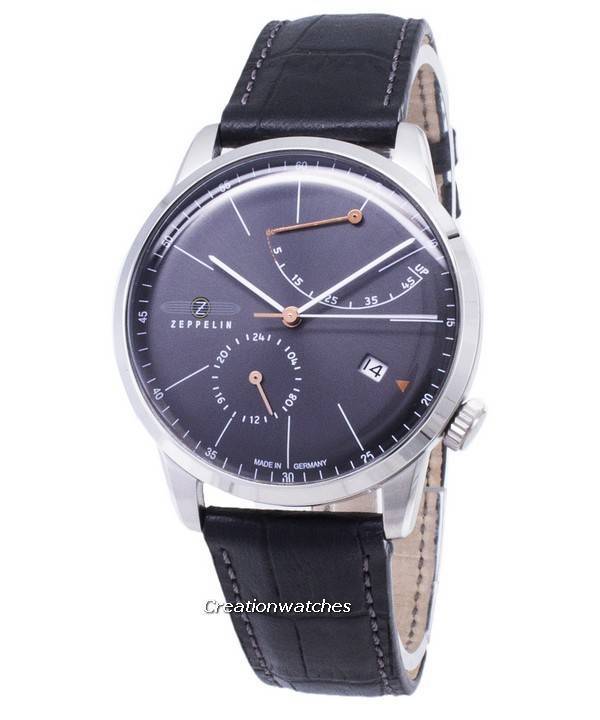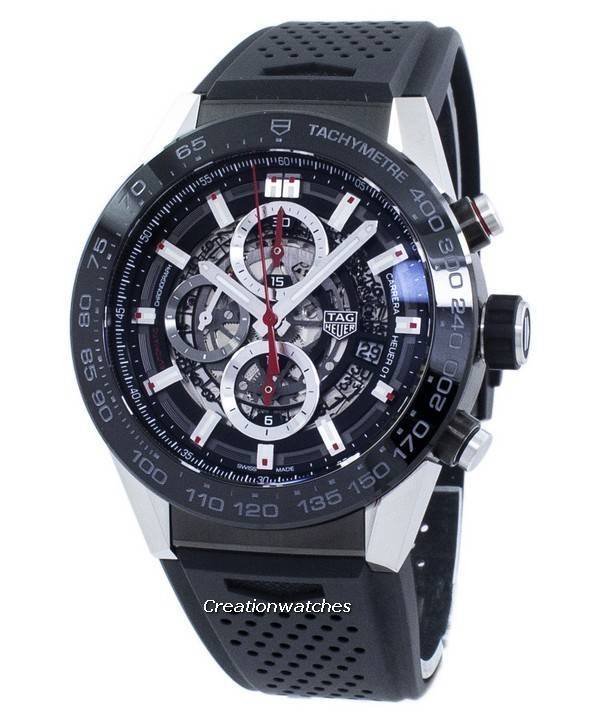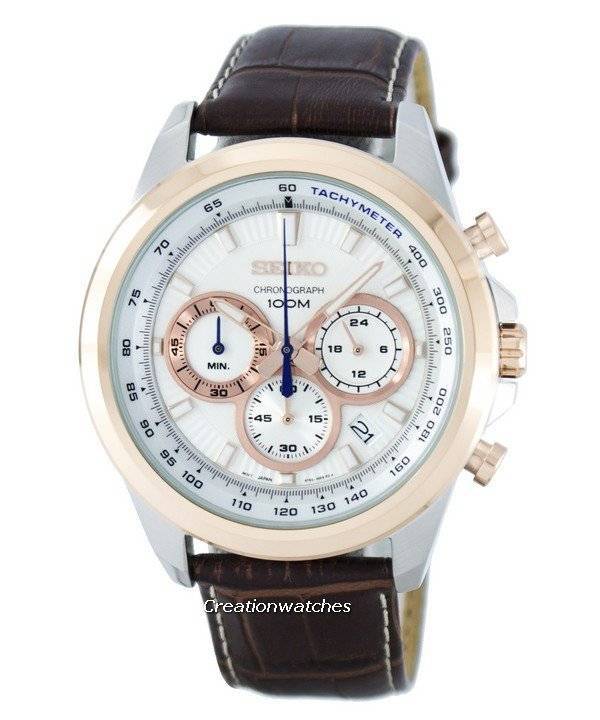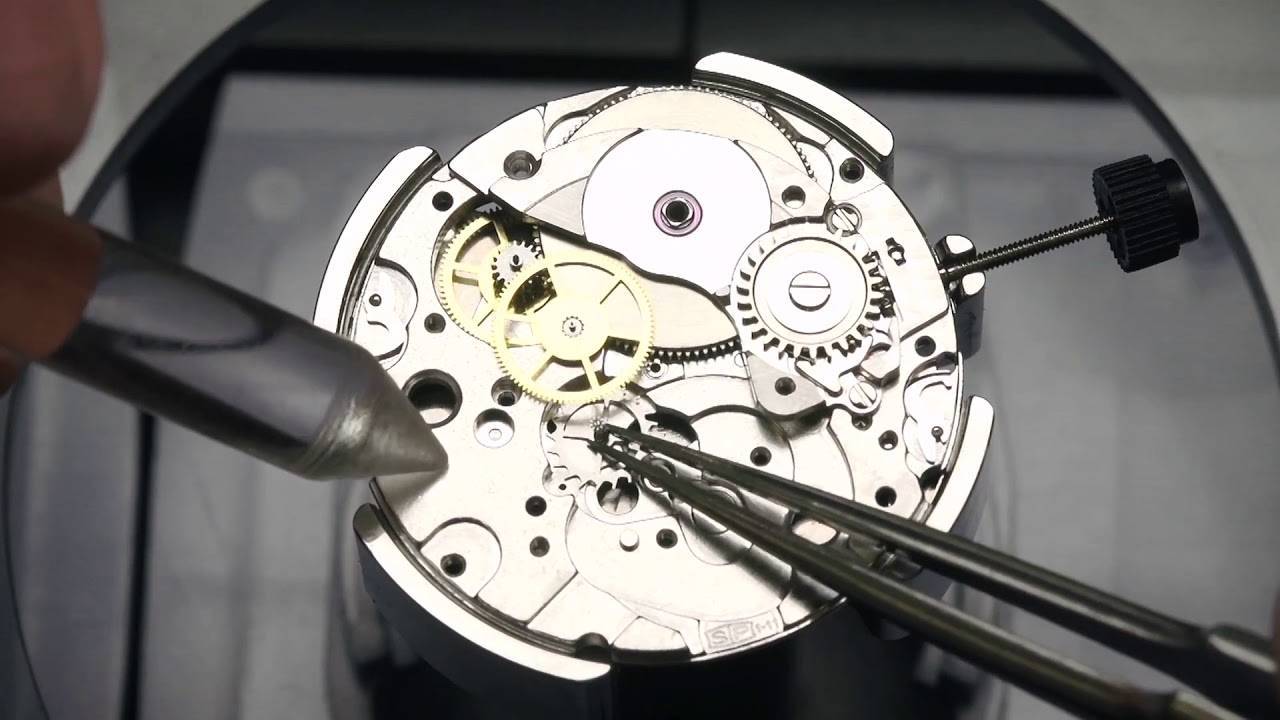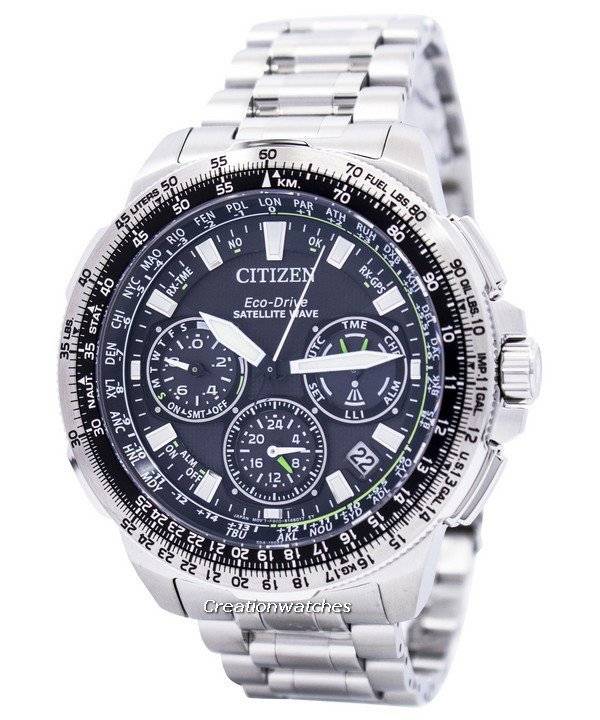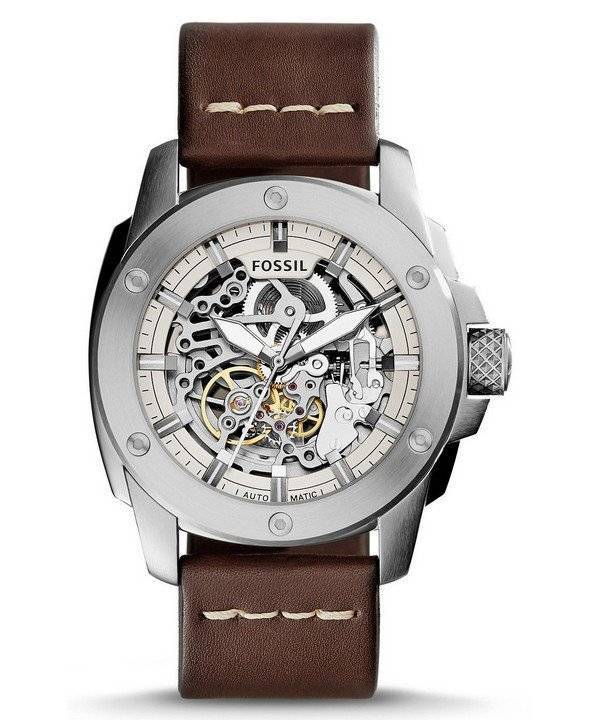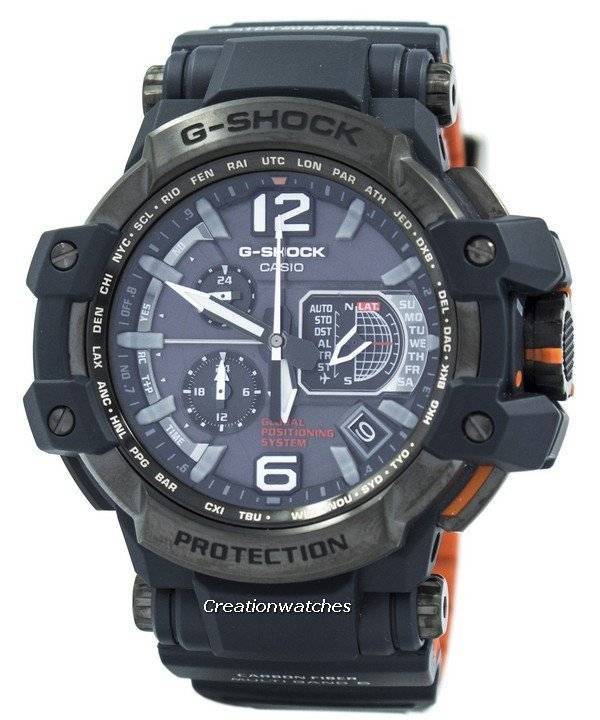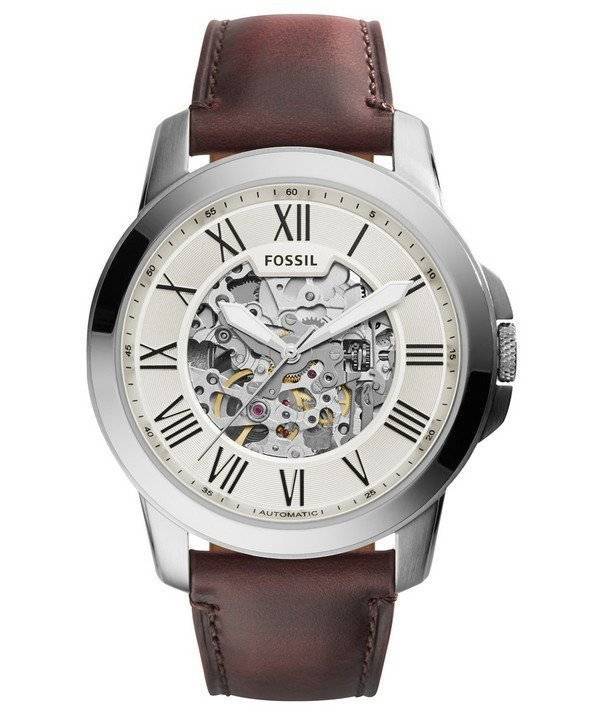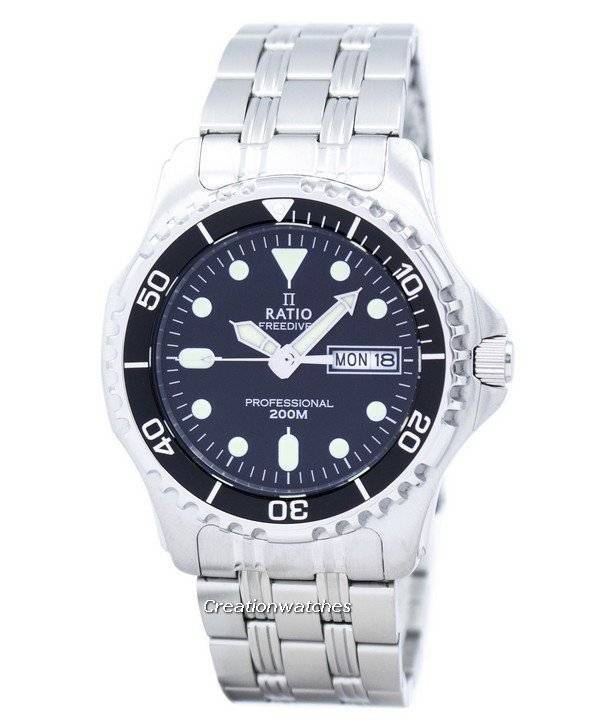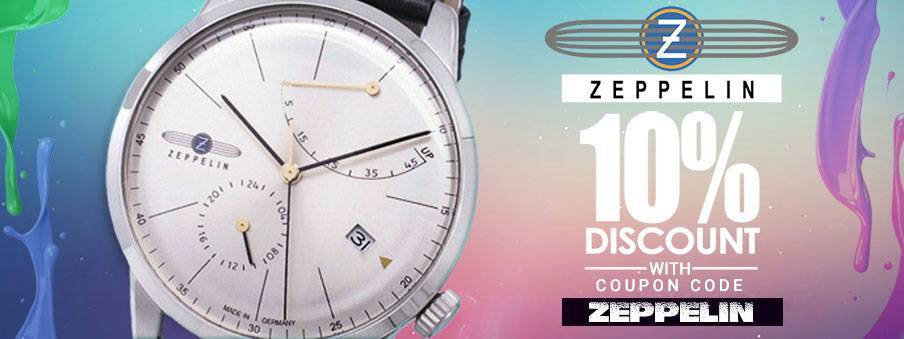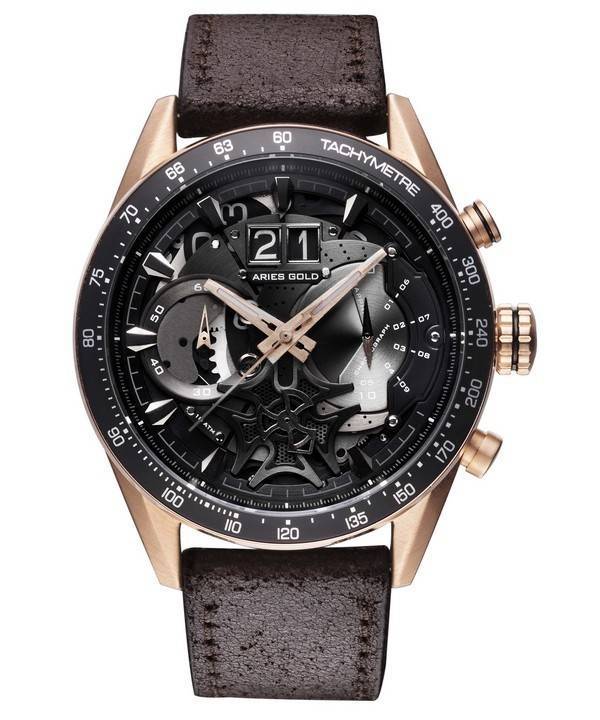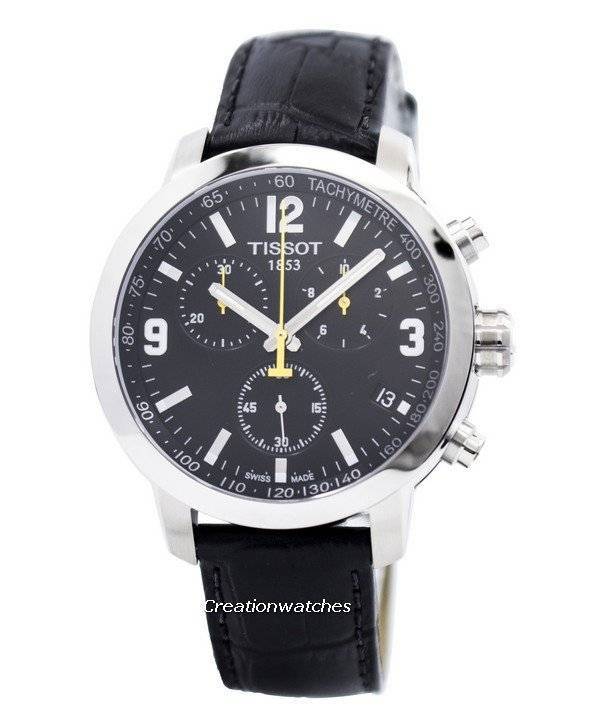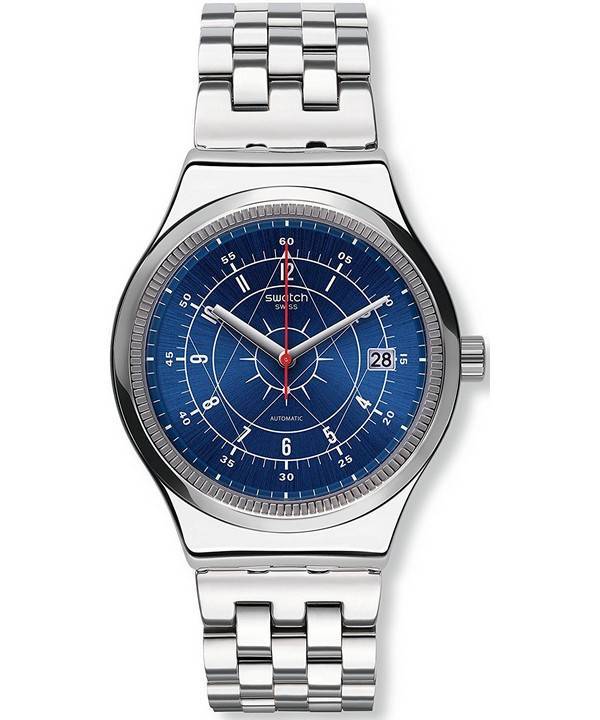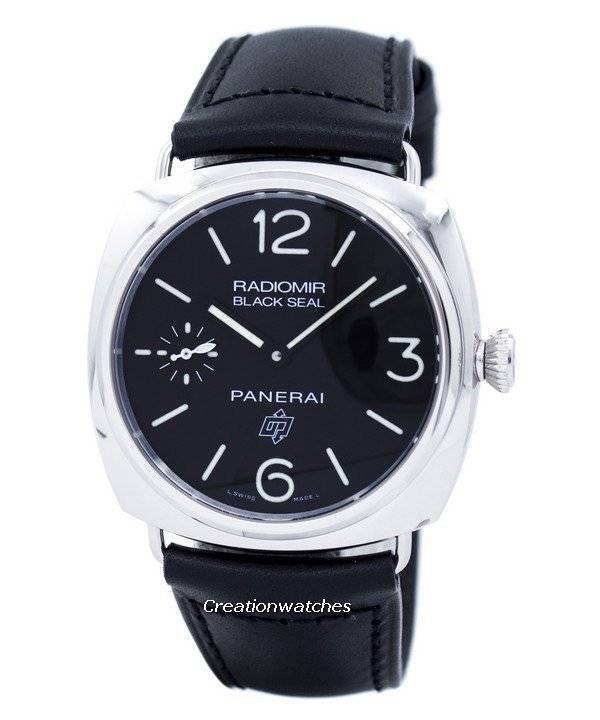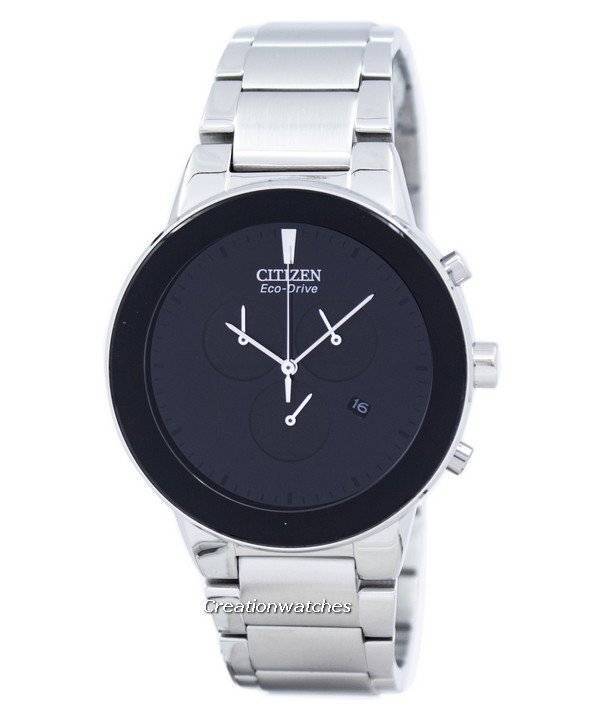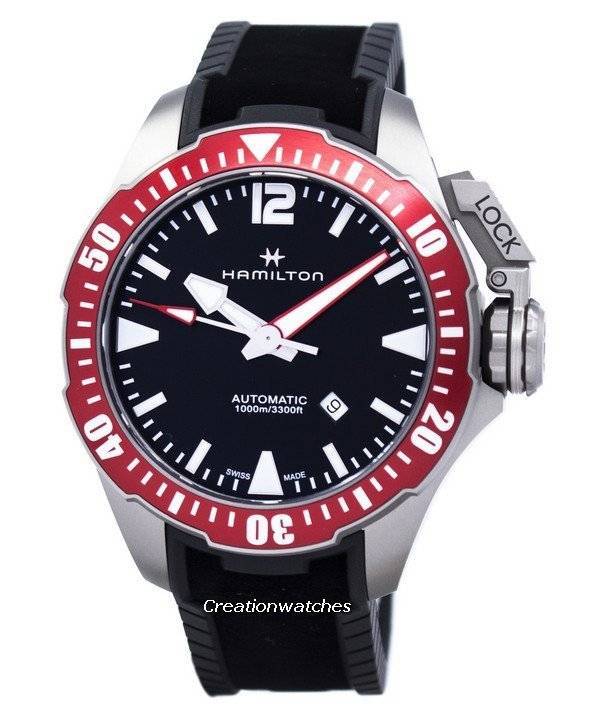
- June 26, 2021
- Watch Gonzo
- 0
Changes and the Man
There has been very little change detected in men’s fashion during the entire of the nineteenth century (1800-1899), irrespective of Europe or America. This doesn’t, however; apply to women’s fashion of the era. Here, we only take account of the changes that occurred with the decades; from the Regency dandyism of Beau Brummell to the elegant, 3-piece late-Victorian suits, shaped by great prosperity and technical advancements.
It was a slow, subtle evolution, but nevertheless, significant! Every step taken got us closer to the men’s fashion we witness in these modern times. A quick rundown on the fashion trends
A quick rundown on the fashion trends





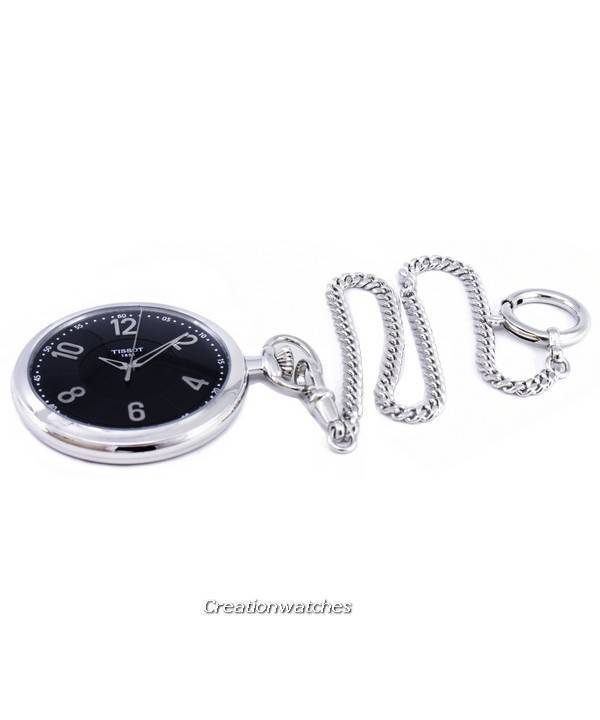 A quick rundown on the fashion trends
A quick rundown on the fashion trends
- 1800: Out with fancy fabrics and trimmings from the 1700s; in with simple lines and cuts from dark or neutral fabrics, with much embellishment bestowed upon waistcoats. George Bryan “Beau” Brummel turned fashion into something restrained and conservative. Short-fronted tailcoats, fitted waistcoats; plain, white linen shirts and tight-fitting pantaloons took over the knee-length breeches from earlier, with Hessian boots replacing buckled shoes. Intricately tied, white, linen neck-cloths were the in-things.
- 1810: The fashion for simple, well-cut clothing with tight-fitting pantaloons and Hessians held; becoming very much the norm for the town but for rural, upper-class men, the de rigueur of double-breasted dress coats (made from fine wool), light-colored waistcoats and white, linen shirts; buckskin breeches and top-boots continued. The frock coat was introduced during the middle of this decade, soon becoming a wardrobe staple in informal wear. But evening dressing involved satin/velvet knee breeches, white stockings, white waistcoats and dark tail-coats. This is where earlier fashion fused with the later.
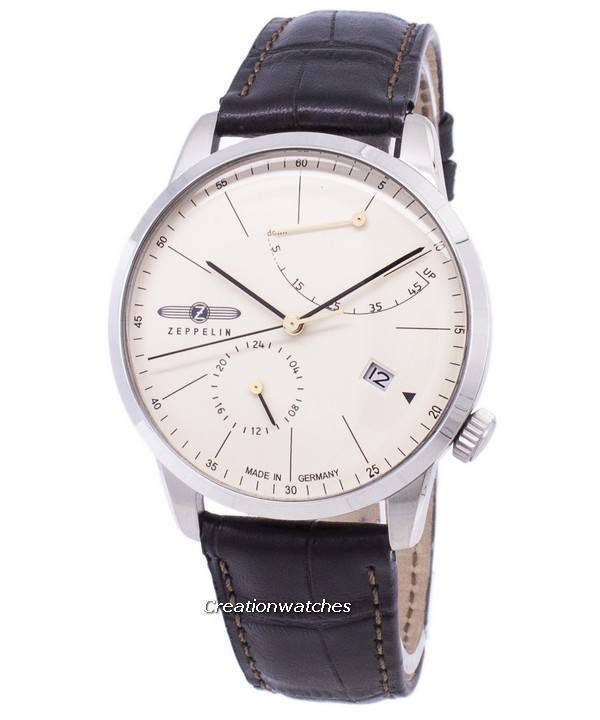
- 1820: Coat sleeves are now puffing up at the shoulders; chests featuring swells which are prominent due to narrowing waistlines – the padding and corsetry continued well into the early 1830s. The trowsers now embraced a fall front buttoned at the waist and there was a strap at each foot to ensure a smooth fall. The loose-fitting variety were influenced by the Sharovary, with pleats at the waist and full along the hips and the thighs.
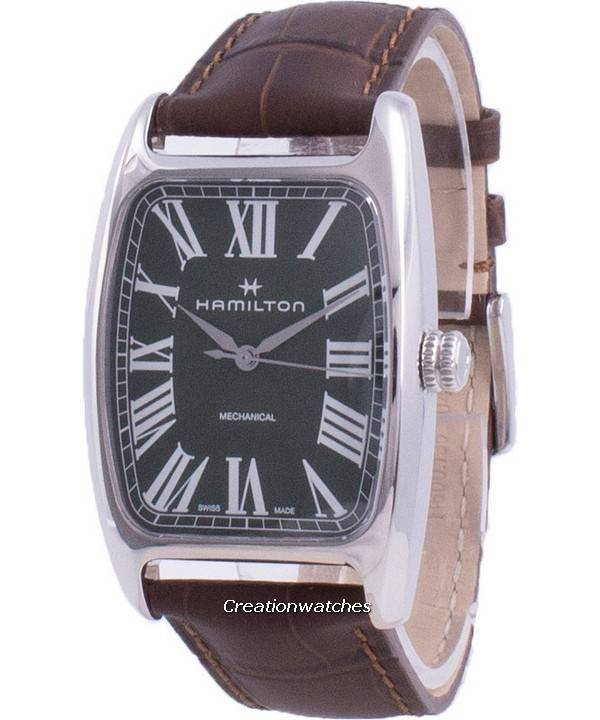
- 1830: Trousers now turn fuller at the legs; frockcoats embrace a variety of designs to suit every taste and occasion; waistcoats become more elaborate with embroidery, patterns and prints in rich fabrics (velvet, jacquard-woven silk). Cravats were out for day-wear; black neckties kicked in.
- 1840: Men discard ornamentations and adornments; colors, lace and every accoutrements, adapting to a uniform style of dressing. The sack coat (short, single-breasted, unlined, loose-fitting) was also introduced during this decade, for wearing during sports or for country pursuits.

- 1850: The strap at the foot of the trousers disappeared and the fall-fronts were replaced by a fly-front design. Patterned, striped and checked trousers showed up, often in relatively bright, vivid – often garish – colors, further triggered by the aniline dye (1856). The waistline of frock-coats lowered; the high-waist look was hot no more. Sack coats grew popular by matching them with gentlemen’s trousers while frock coats and tailcoats became occasional wear.
- 1860: Sack coats replaced frock coats for informal occasions; trousers showed creases and often came in varieties of designs of checks, stripes and plaids in fine lines of blues and other brilliant colors intermingled. This is also the time when three-piece suits in matched black, brown, or other dark hues began emerging. White shirts and dark-colored cravats became staples.

- 1870: Coats became a bit shorter and straighter than before; cut closer to the body’s shape, had longer waists with narrow sleeves. Frock coats continued to be in fashion as formal day-wear while single-breasted morning coats with cut-away fronts grew popular. The sack suit dominated as the business/less-formal dress for the daytime while matching waistcoats – now hidden behind high-buttoned coats – and trousers changed very little. They grew narrower as evening wear.
- 1880: Dressier versions of the black sack coat were introduced; this is what we call a Tuxedo; originating in Tuxedo, New York. It was (and still regarded as) a dinner jacket and became a mainstay among men’s evening wear for many, many decades later.

- 1890: Frock coats gave way to the morning coat, the new, formal day-wear while the sack coat dominated the informal occasions. Trousers went still narrower, creased down both at the front and back. Colored starched shirts and matching cuffs and white collars were the norm of the day with either neckties or bow ties to accompany. Solid or patterned designs were for the day while it was white for the evening.
Post Views: 111




